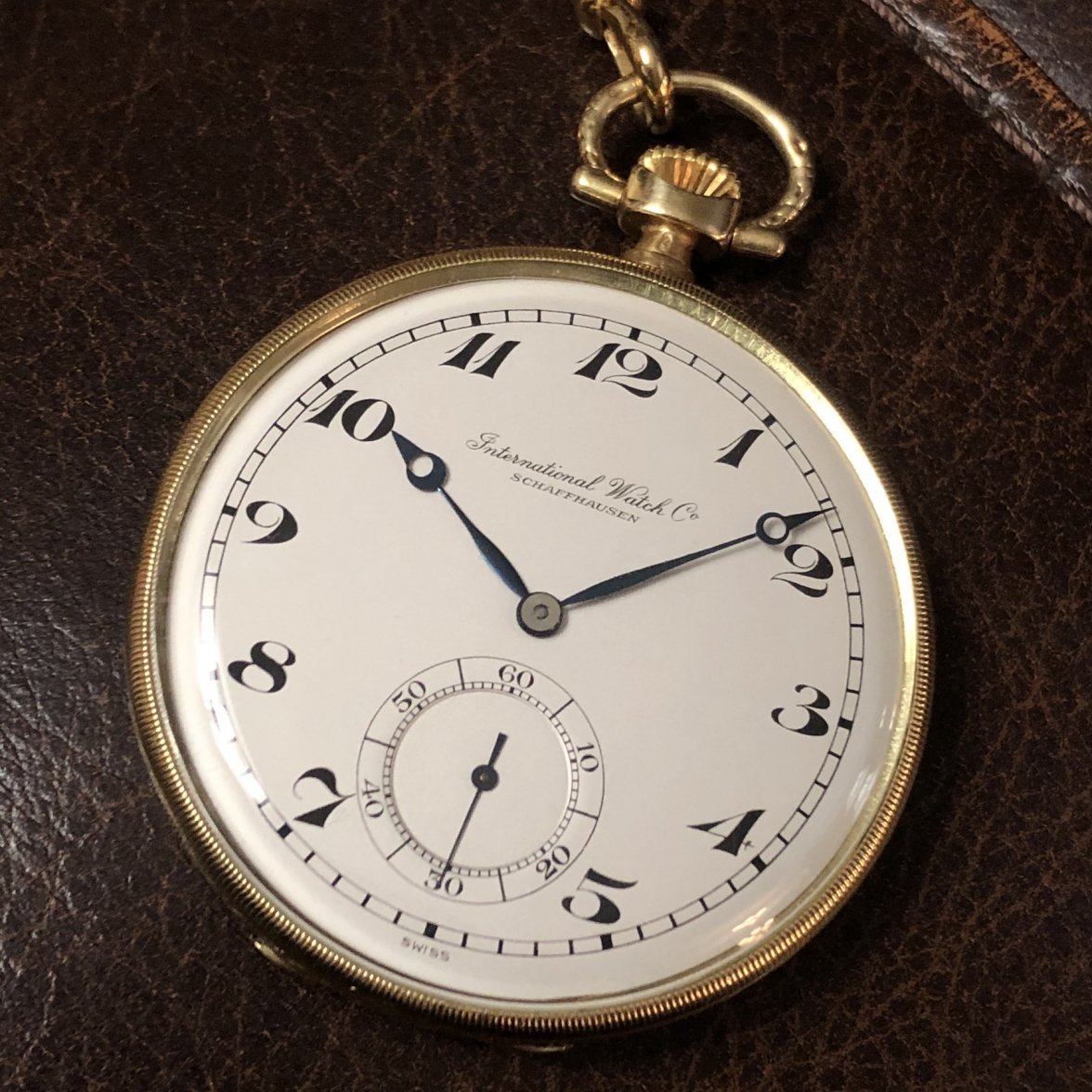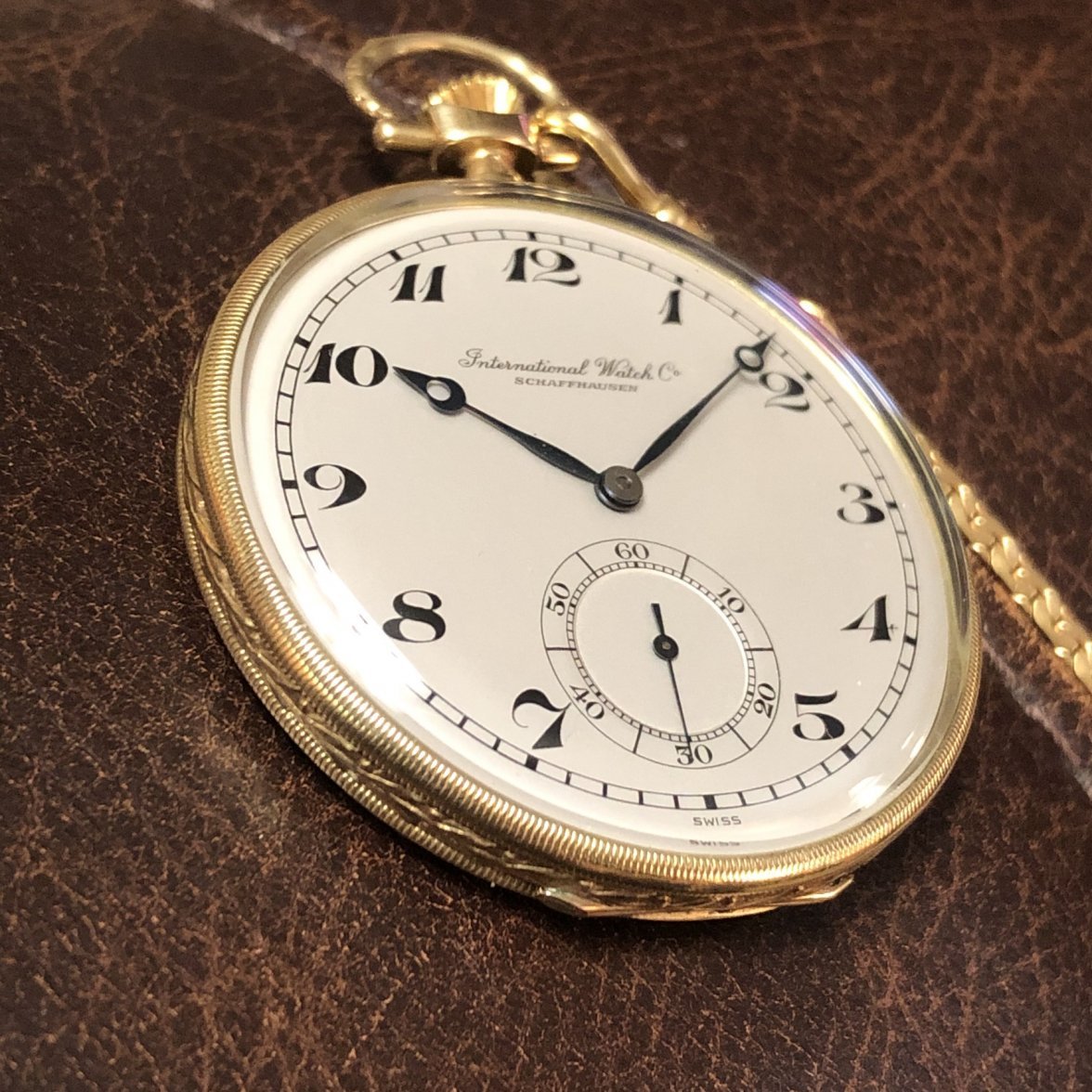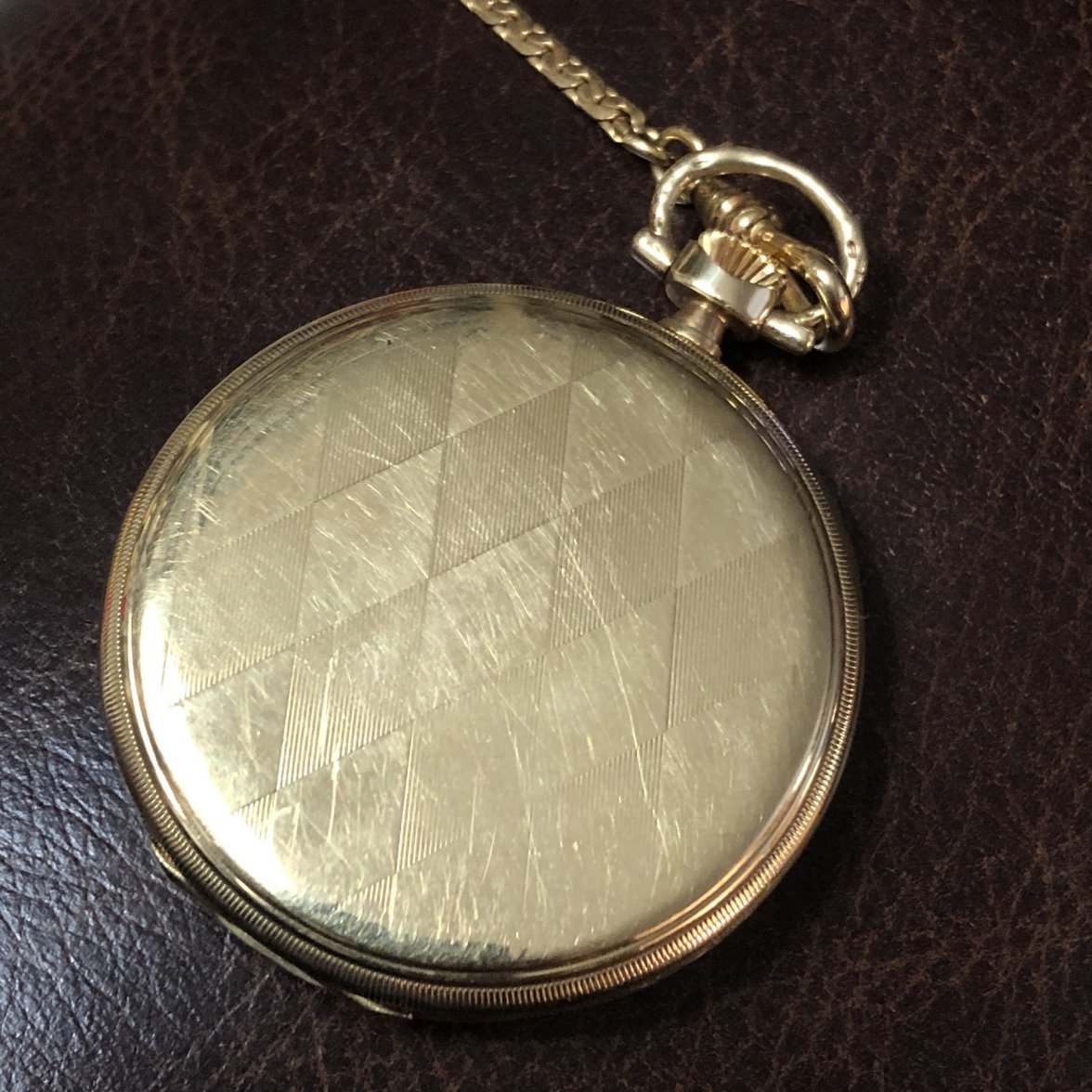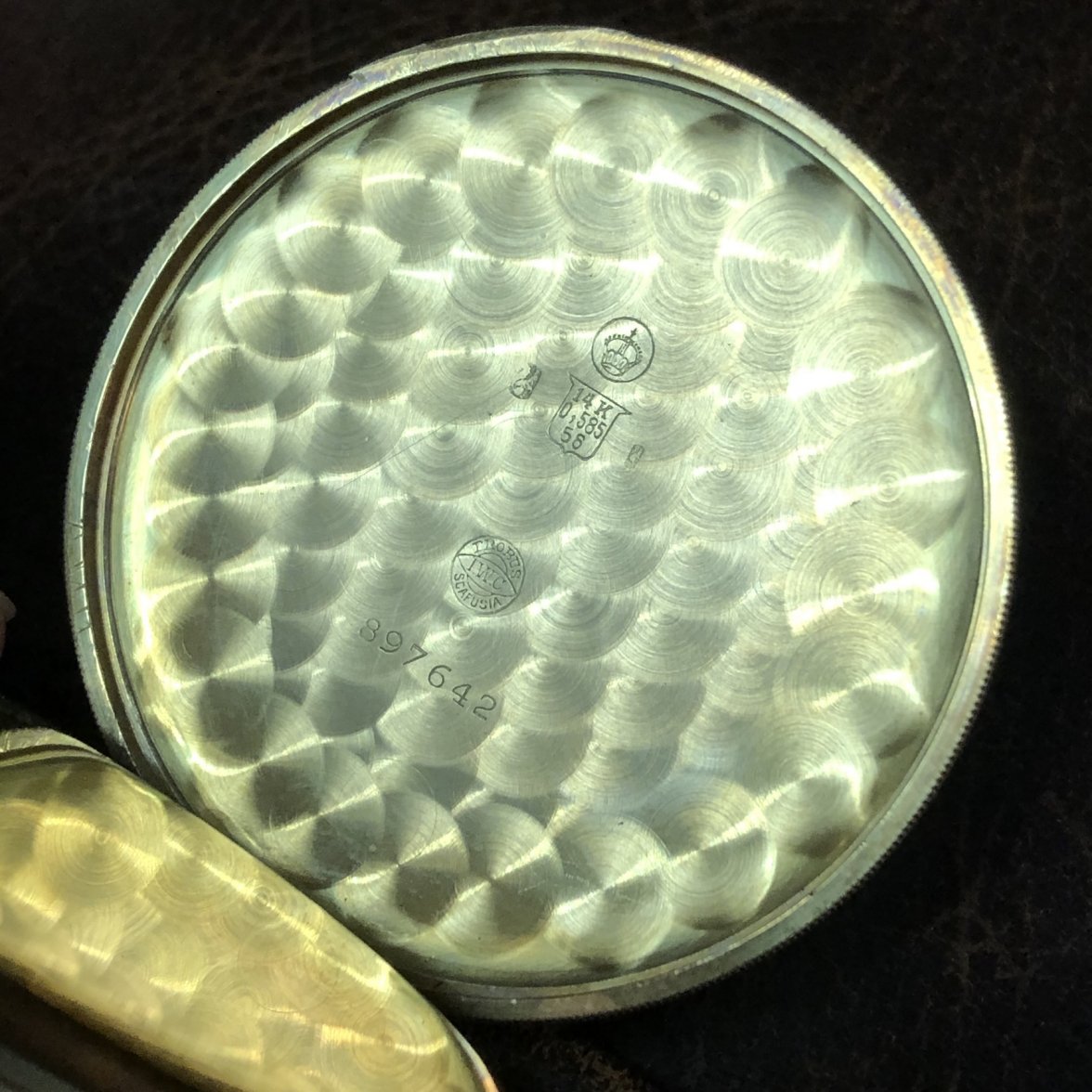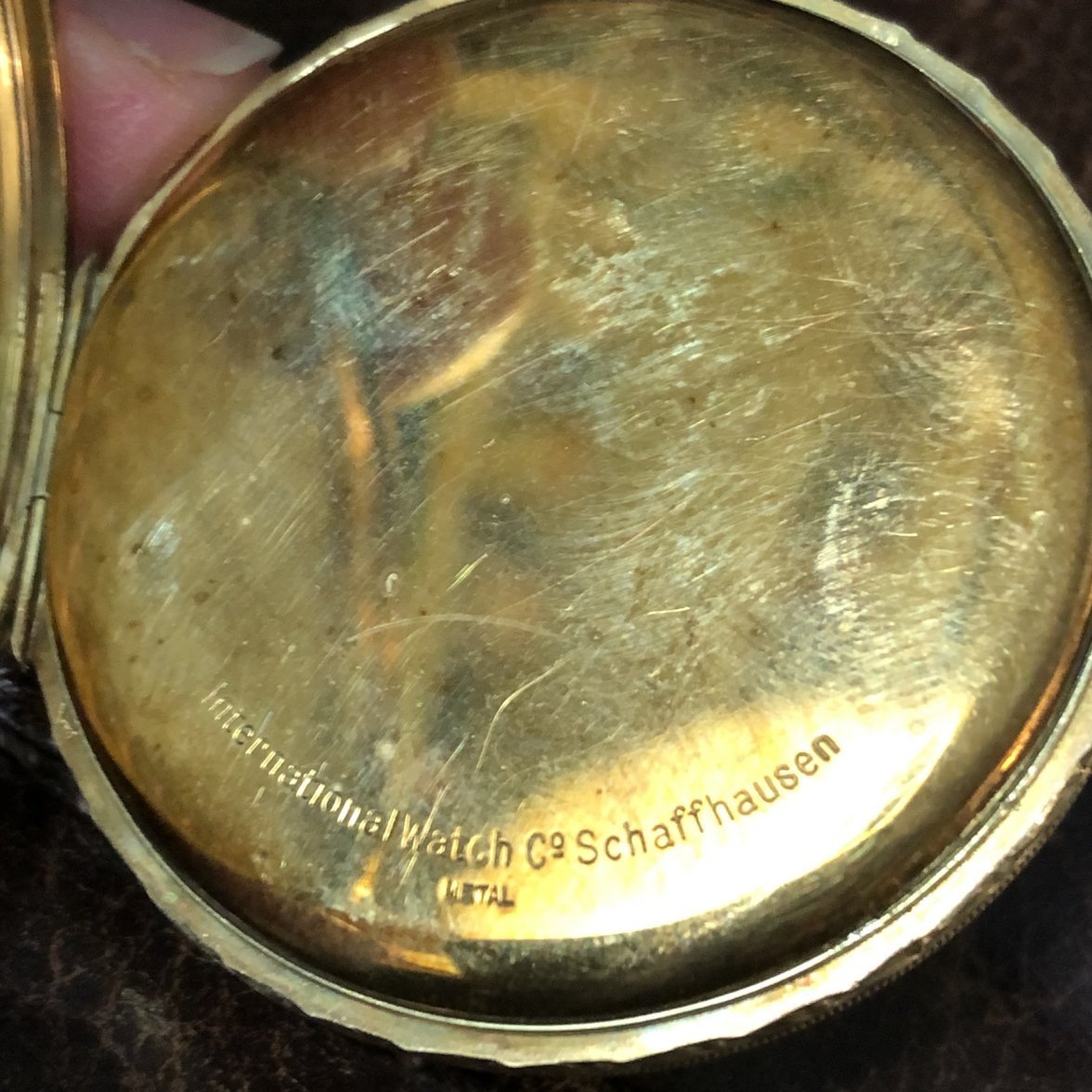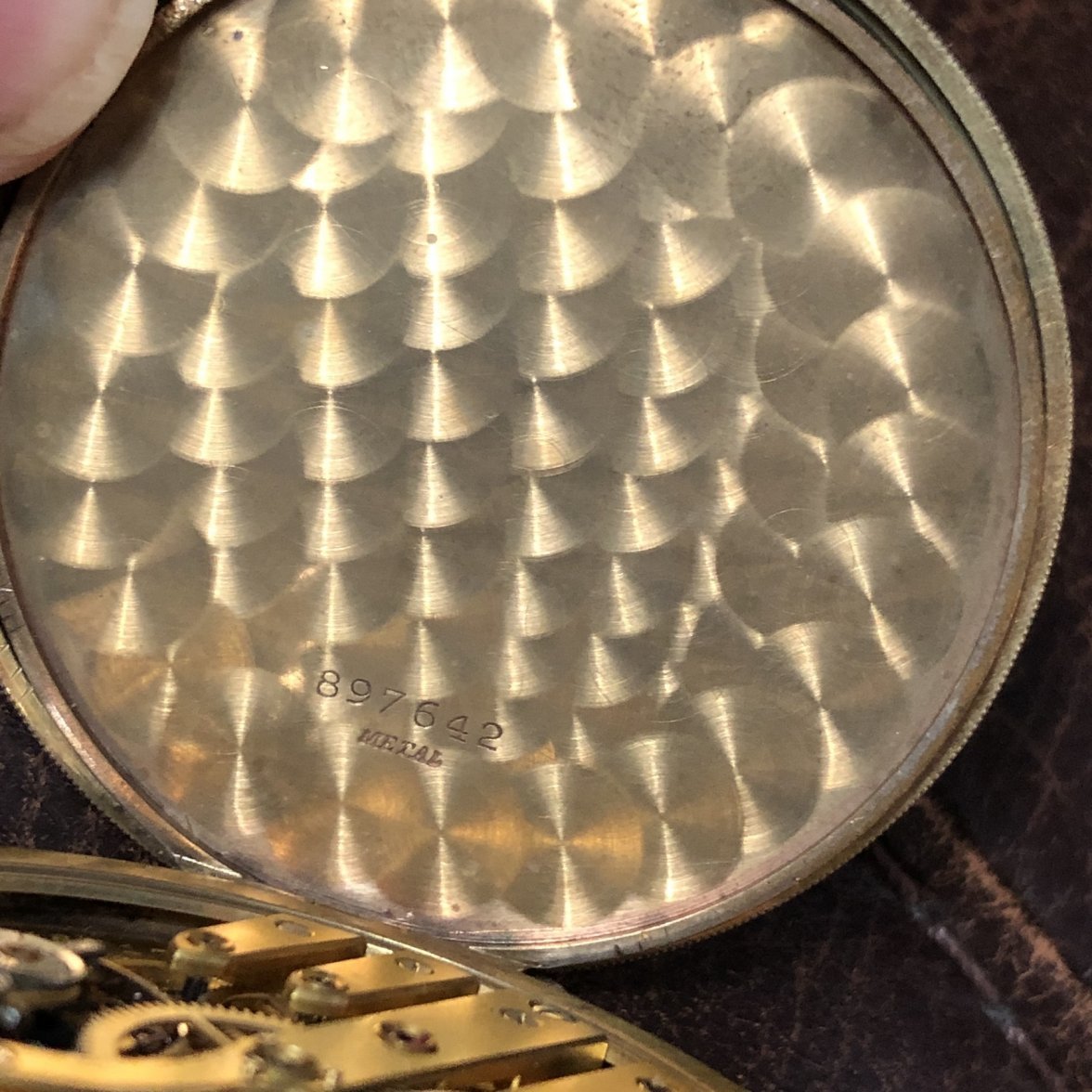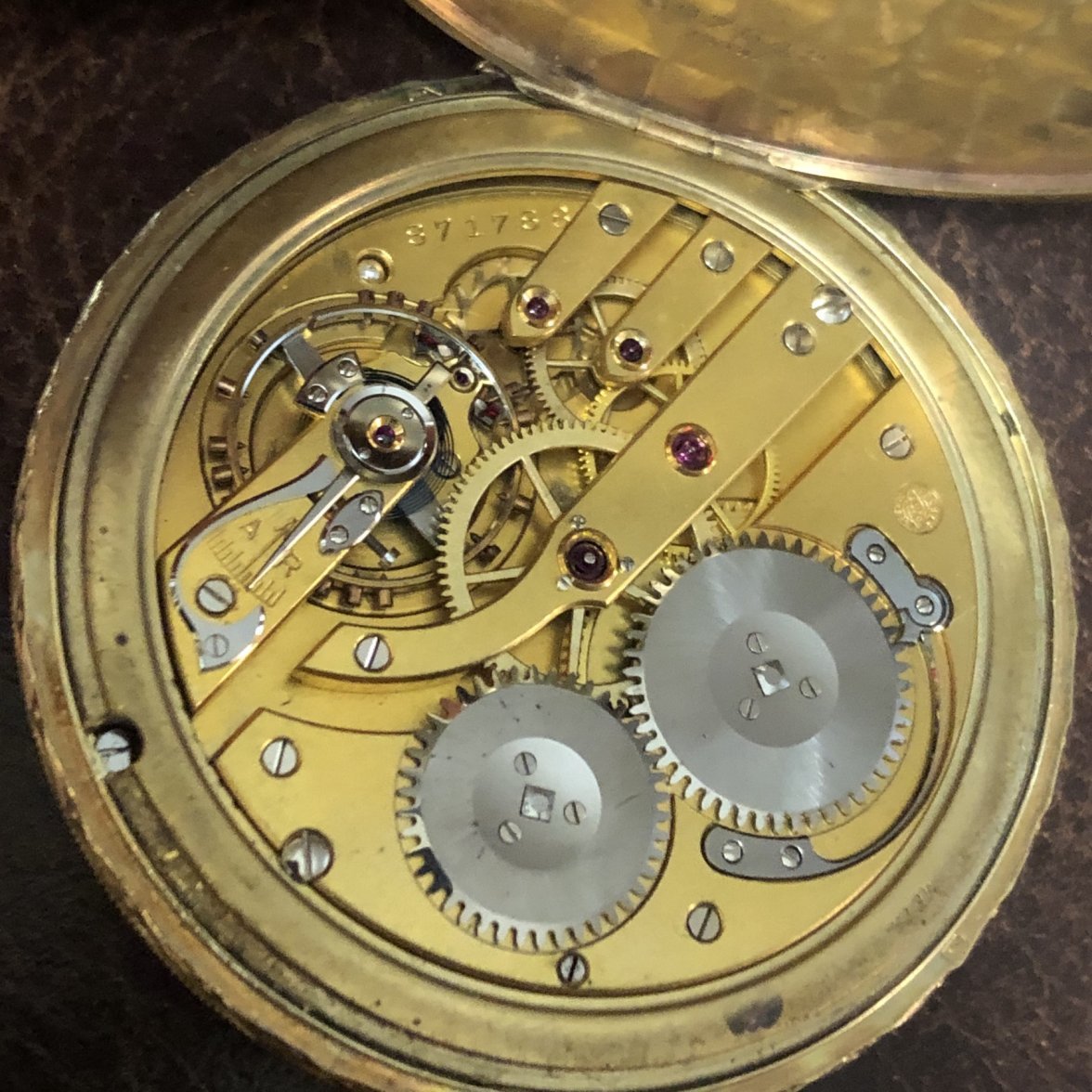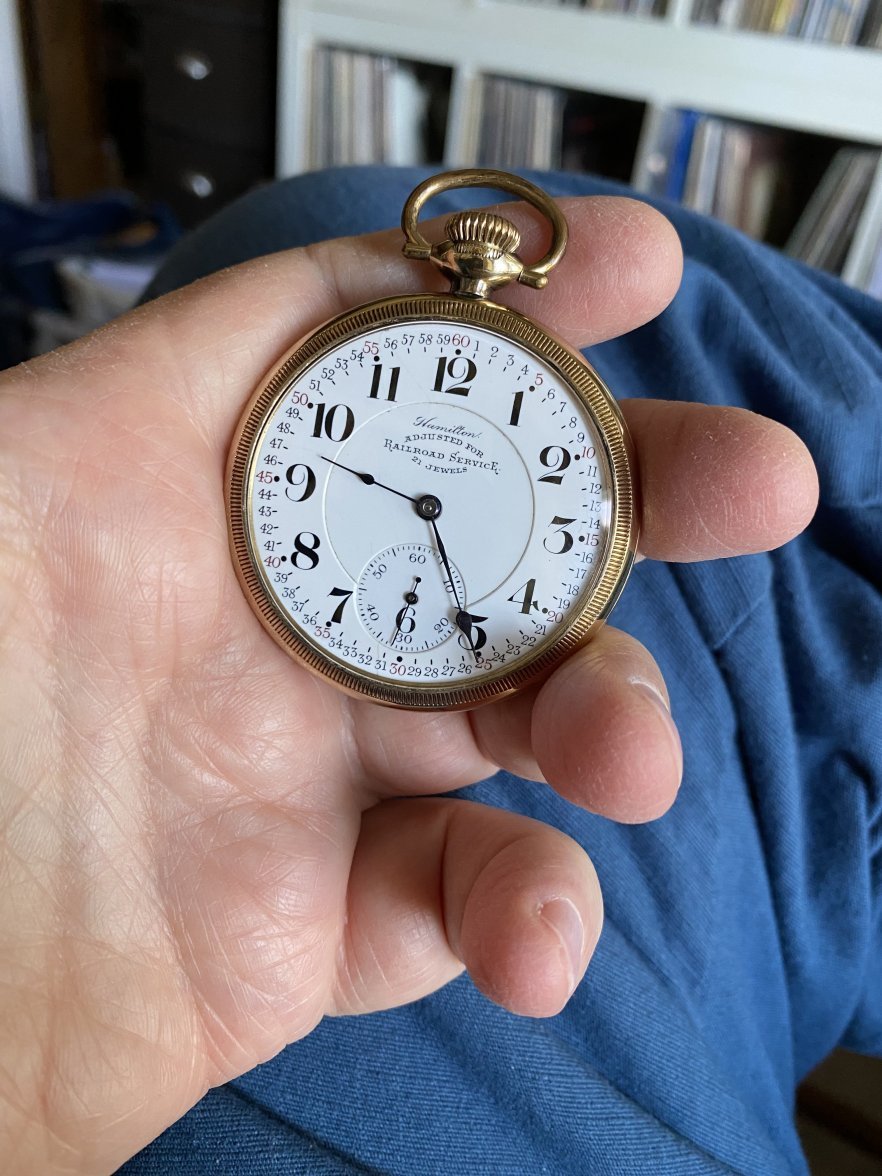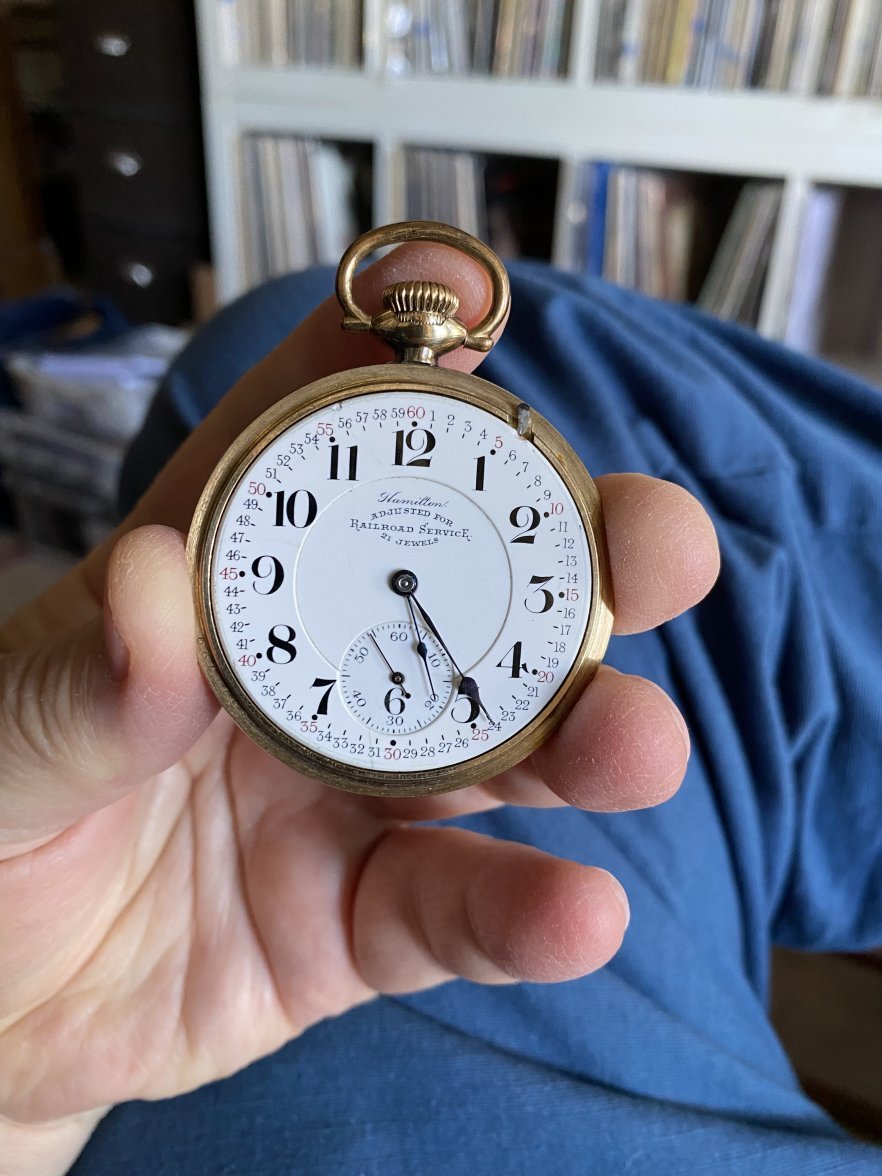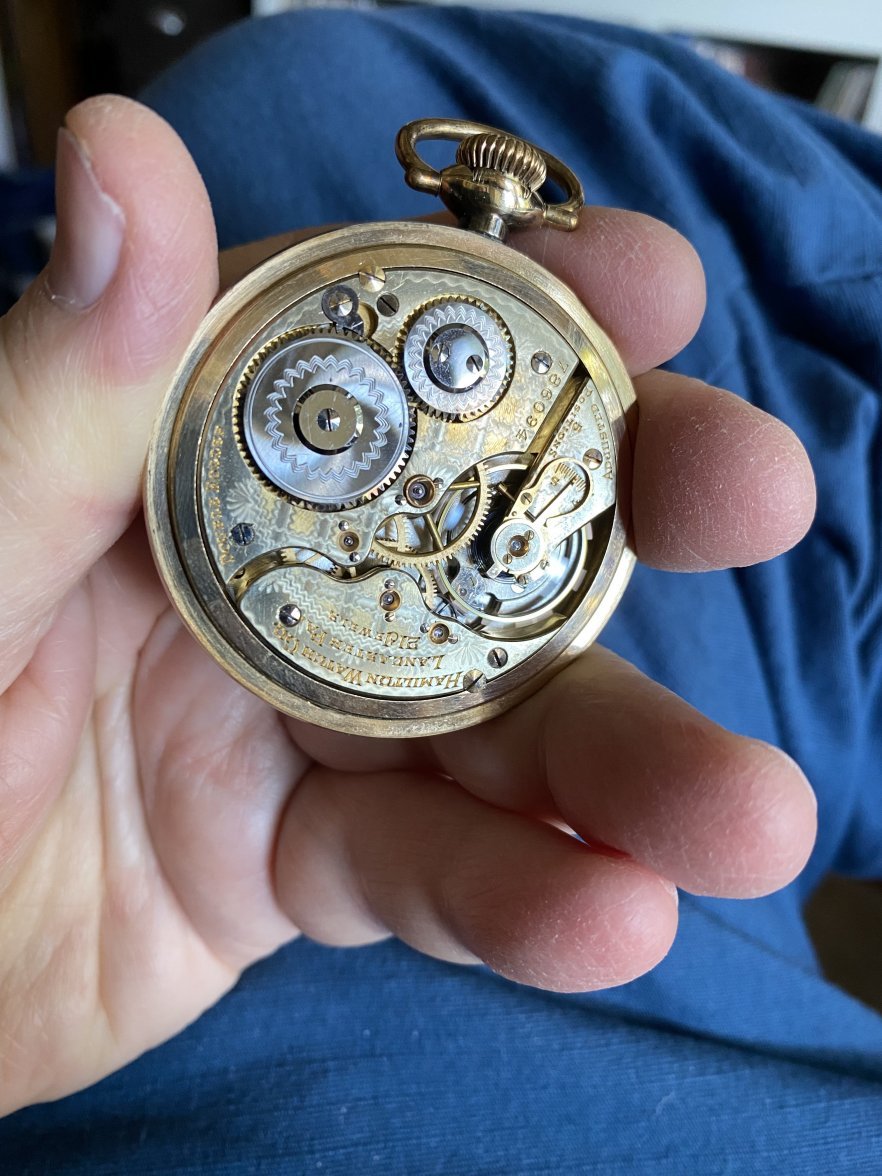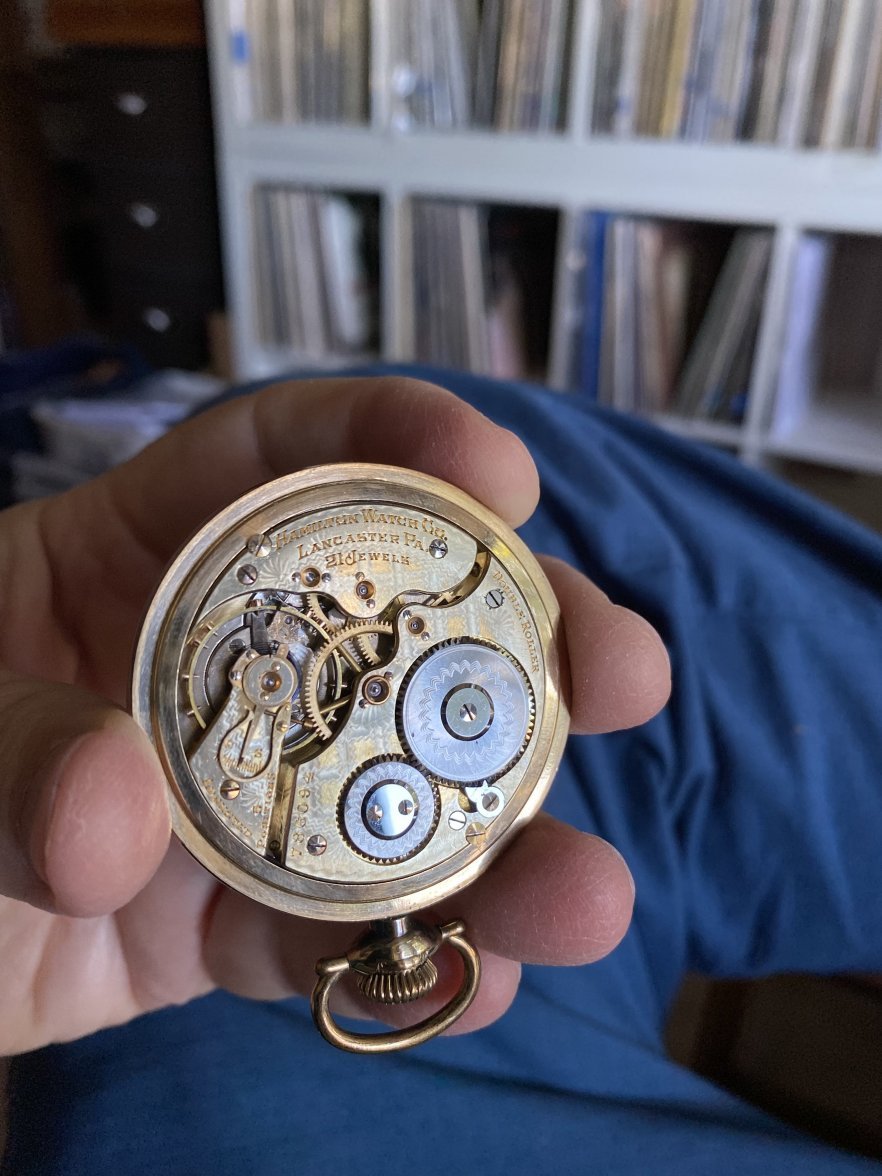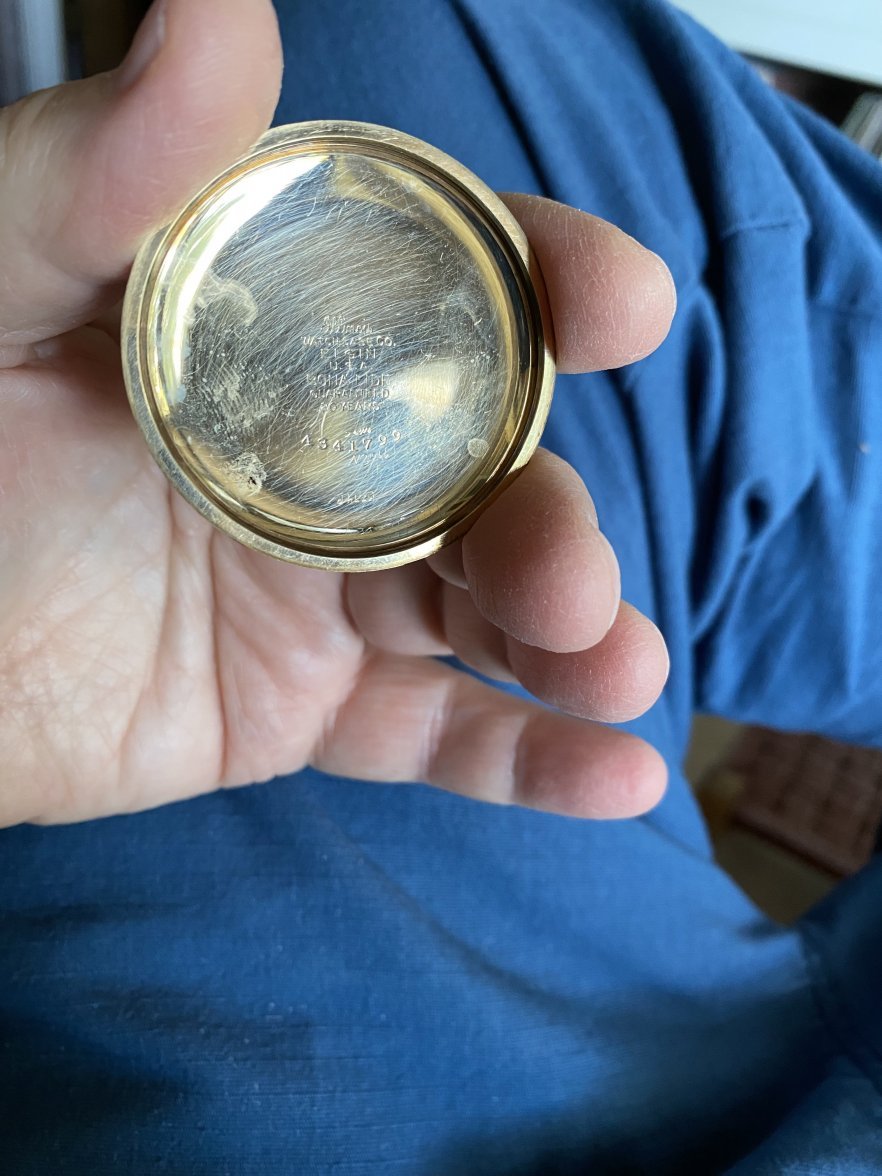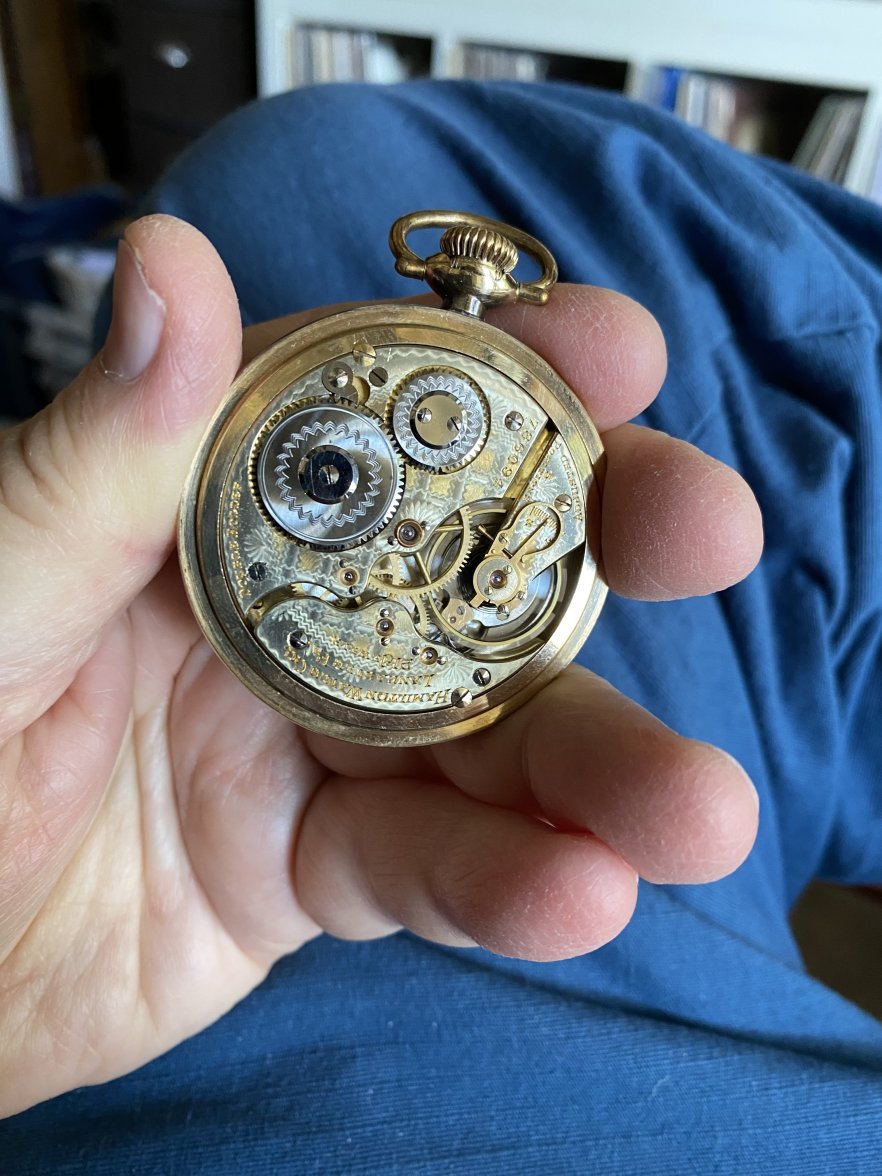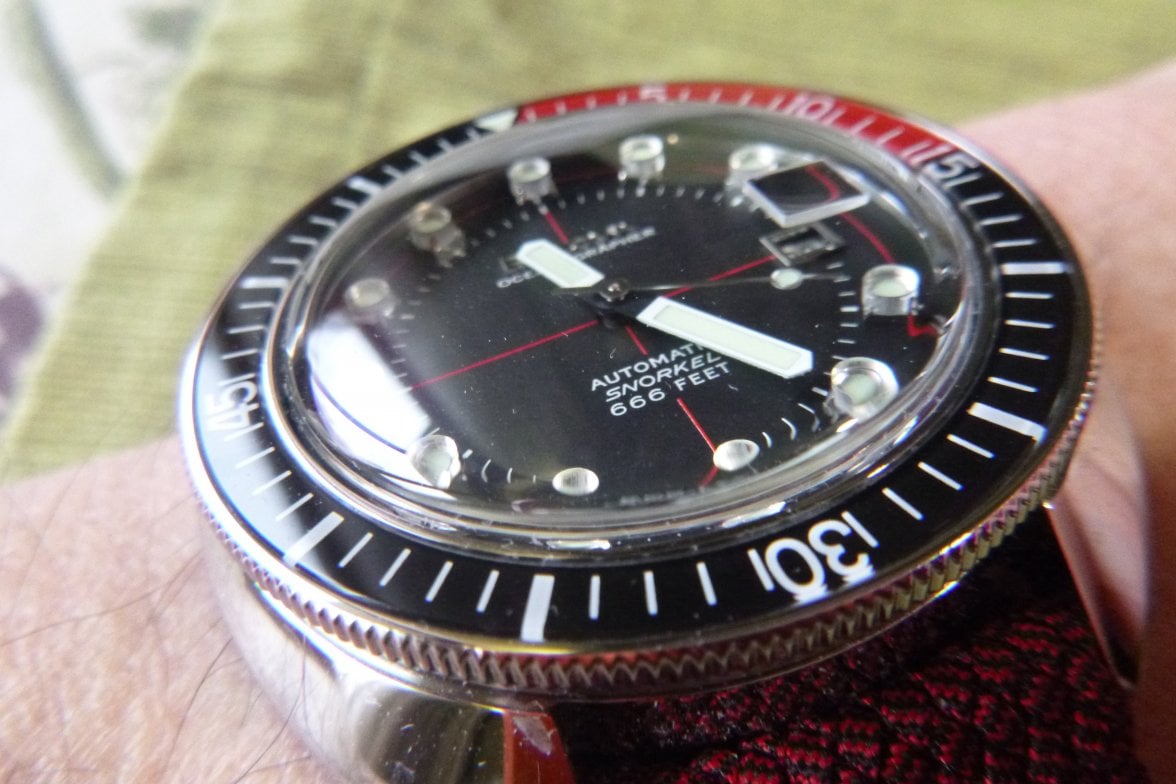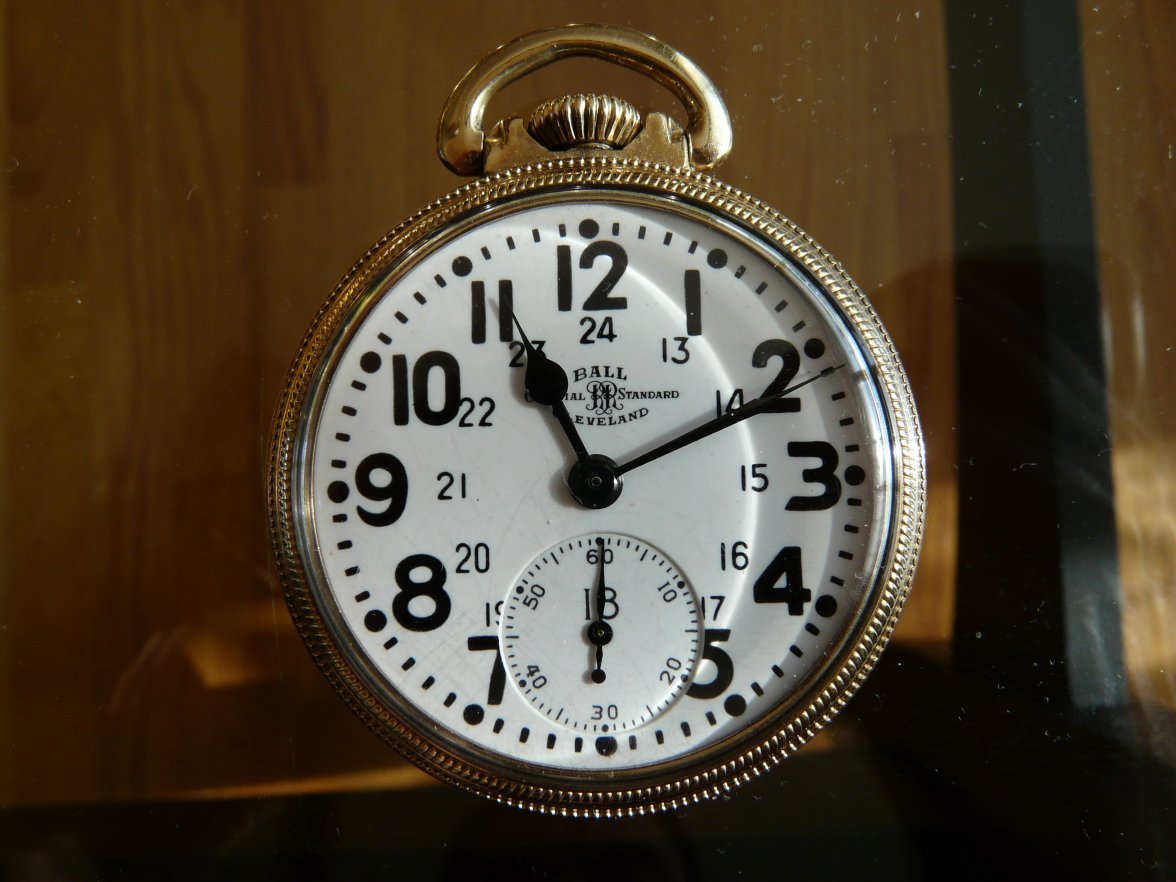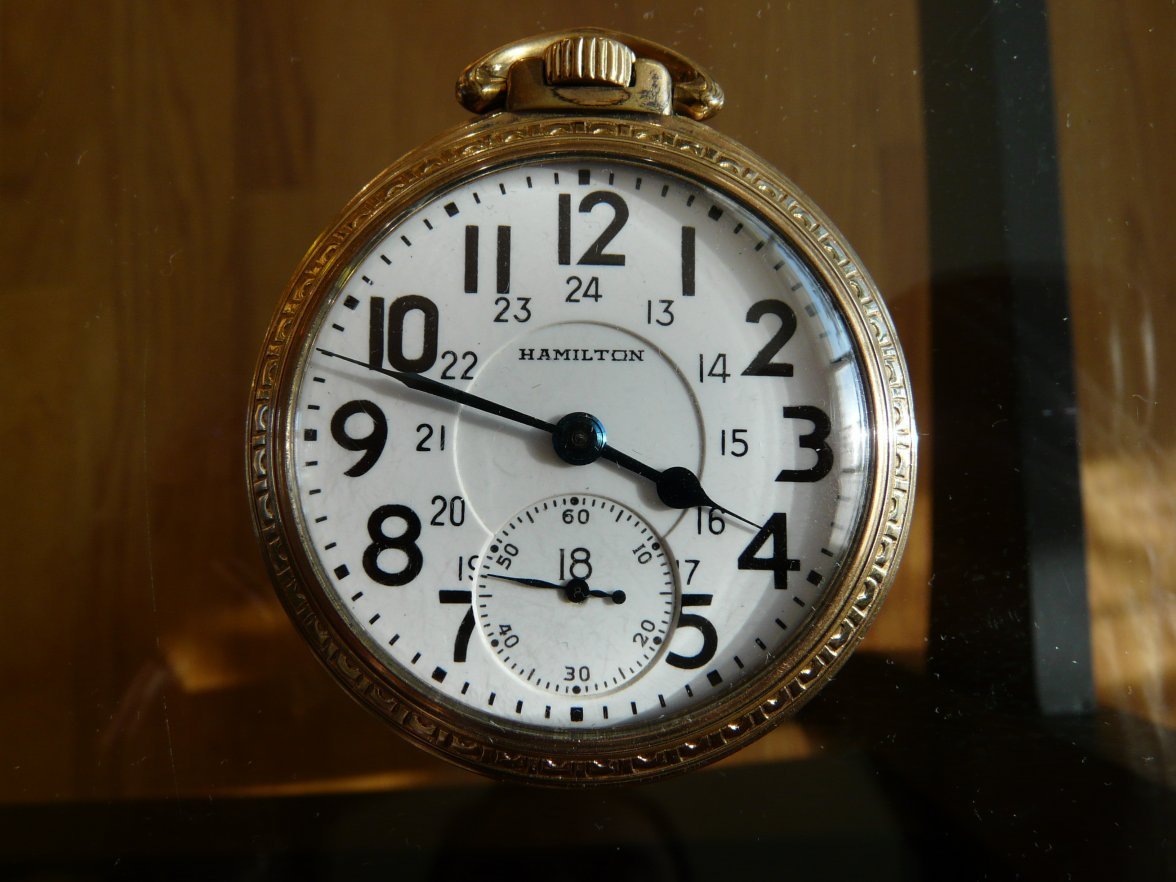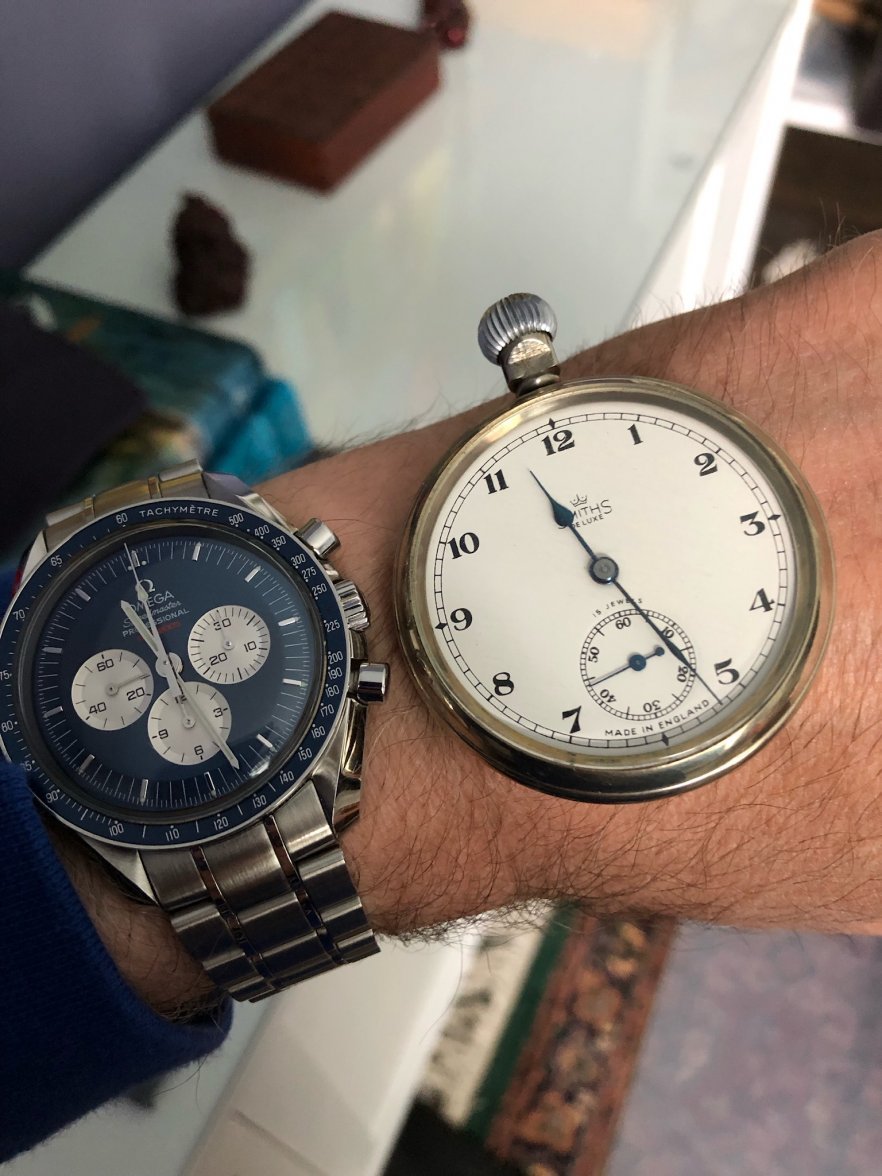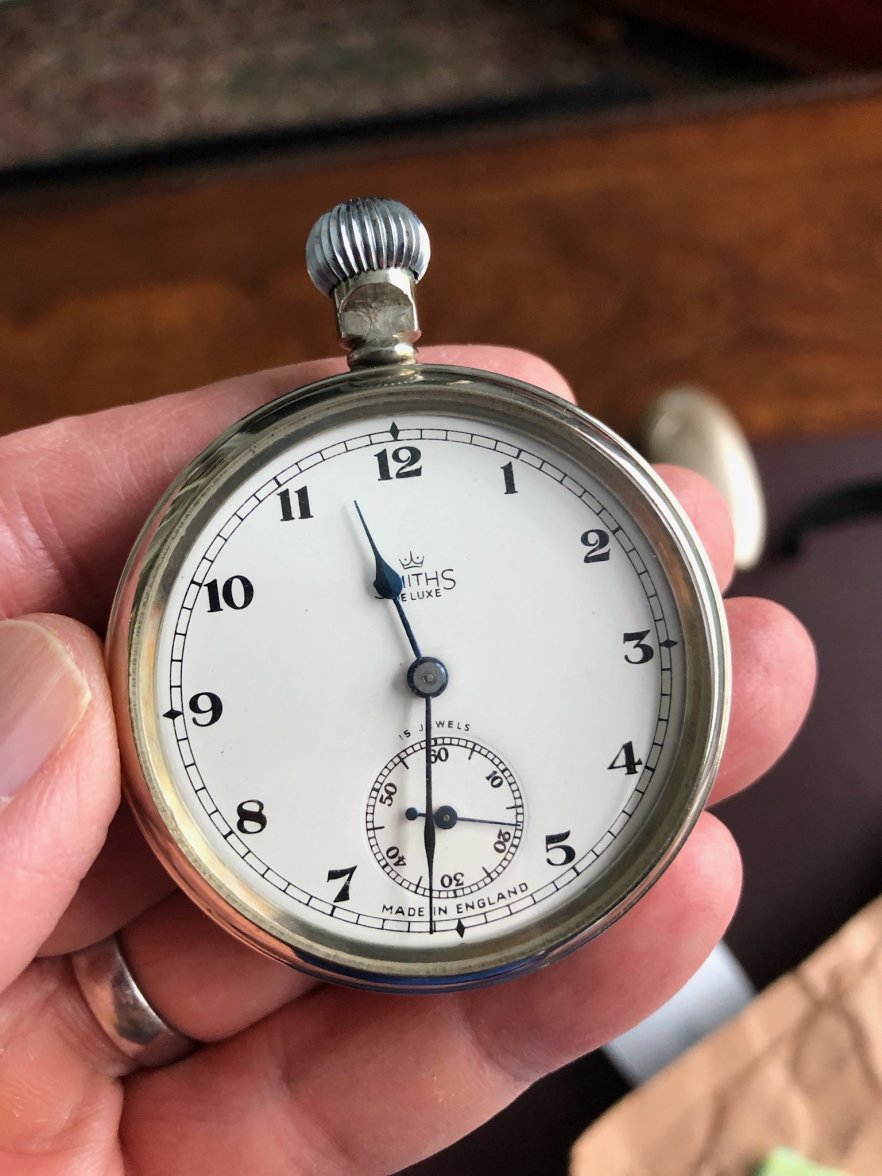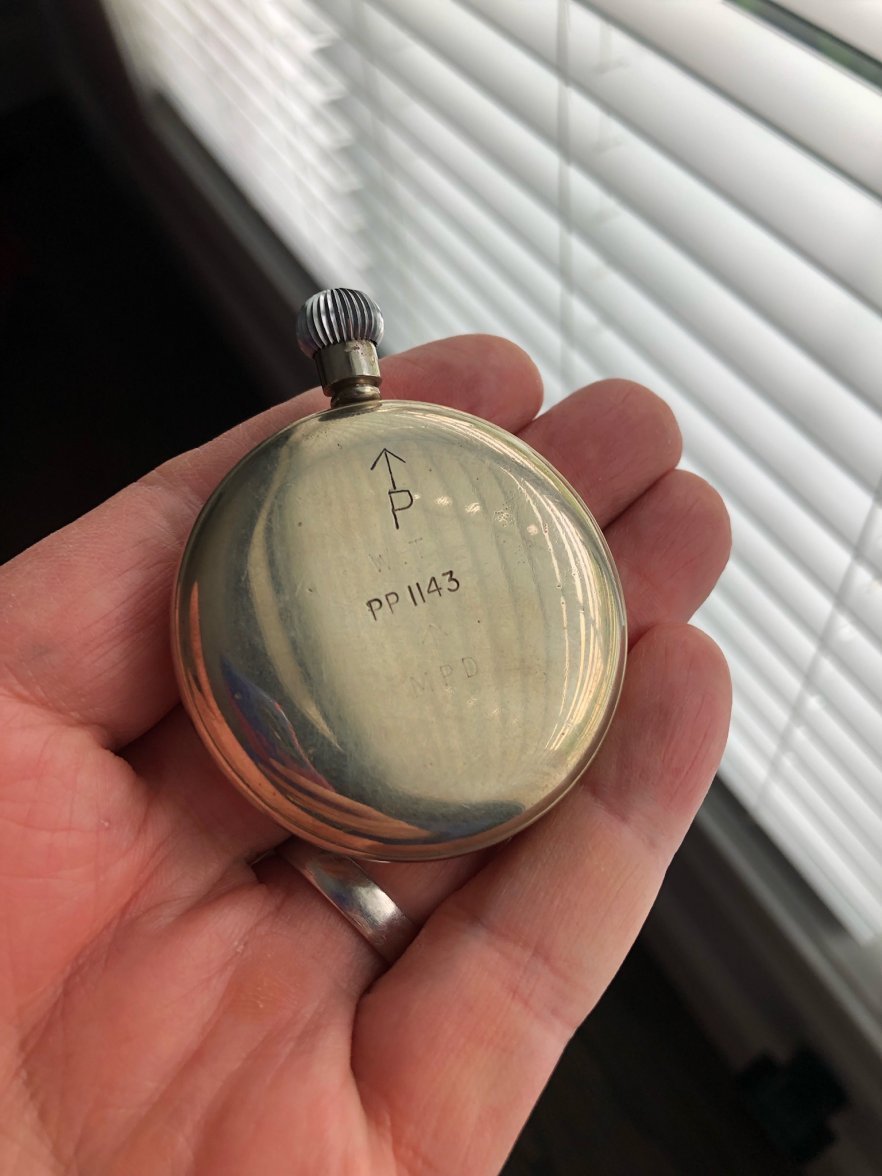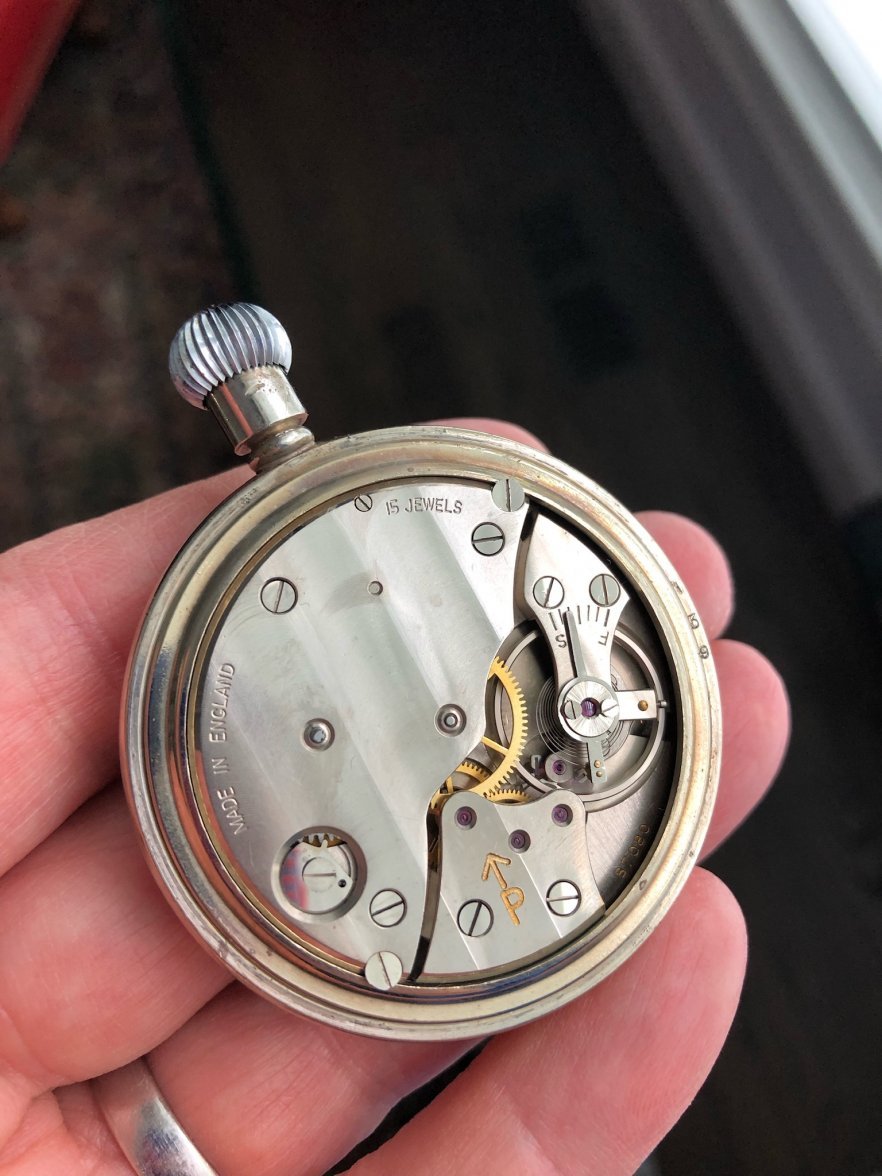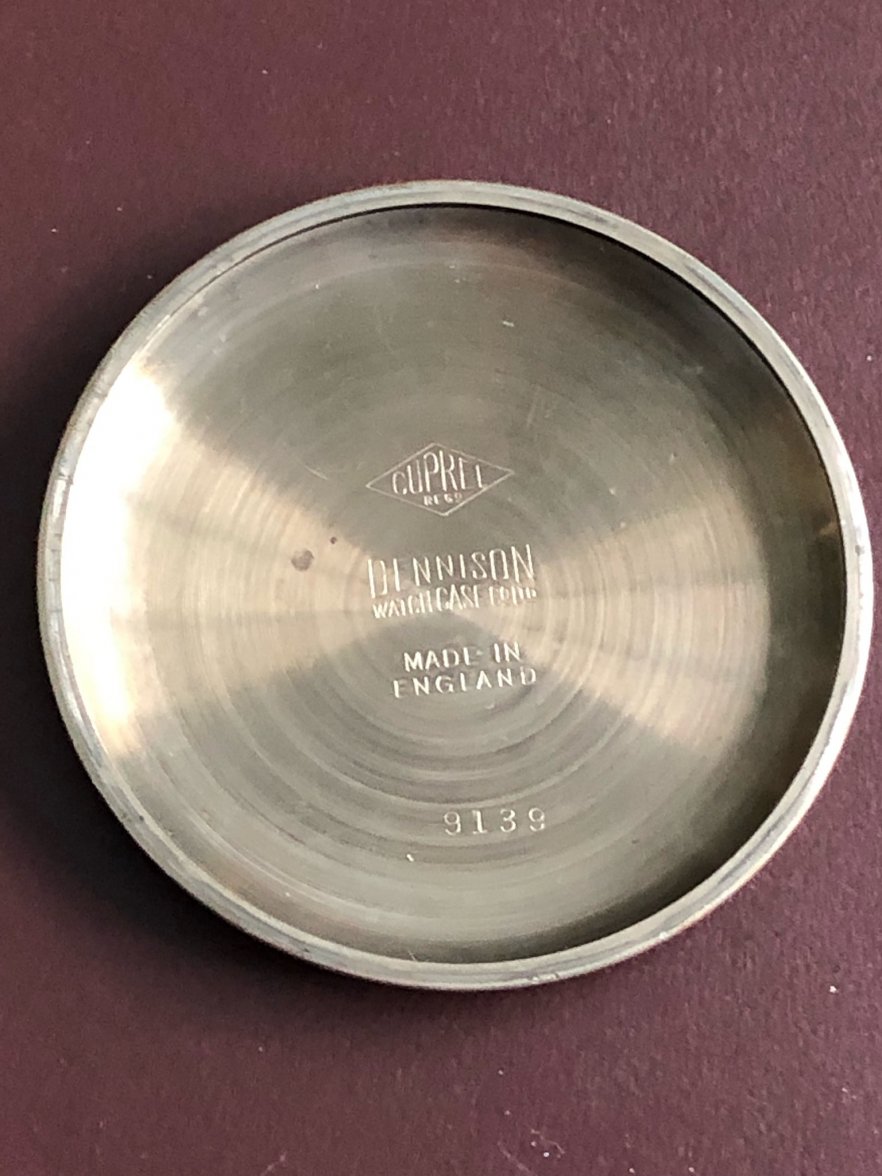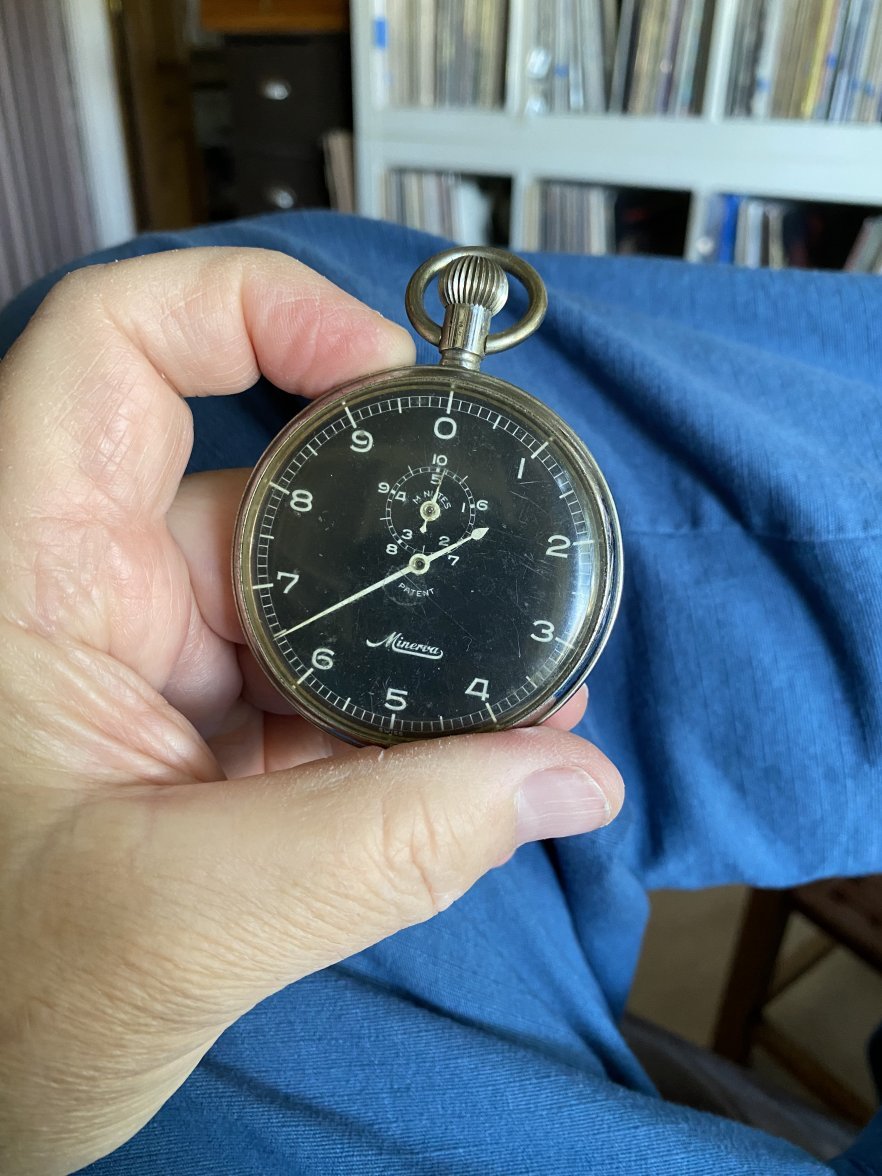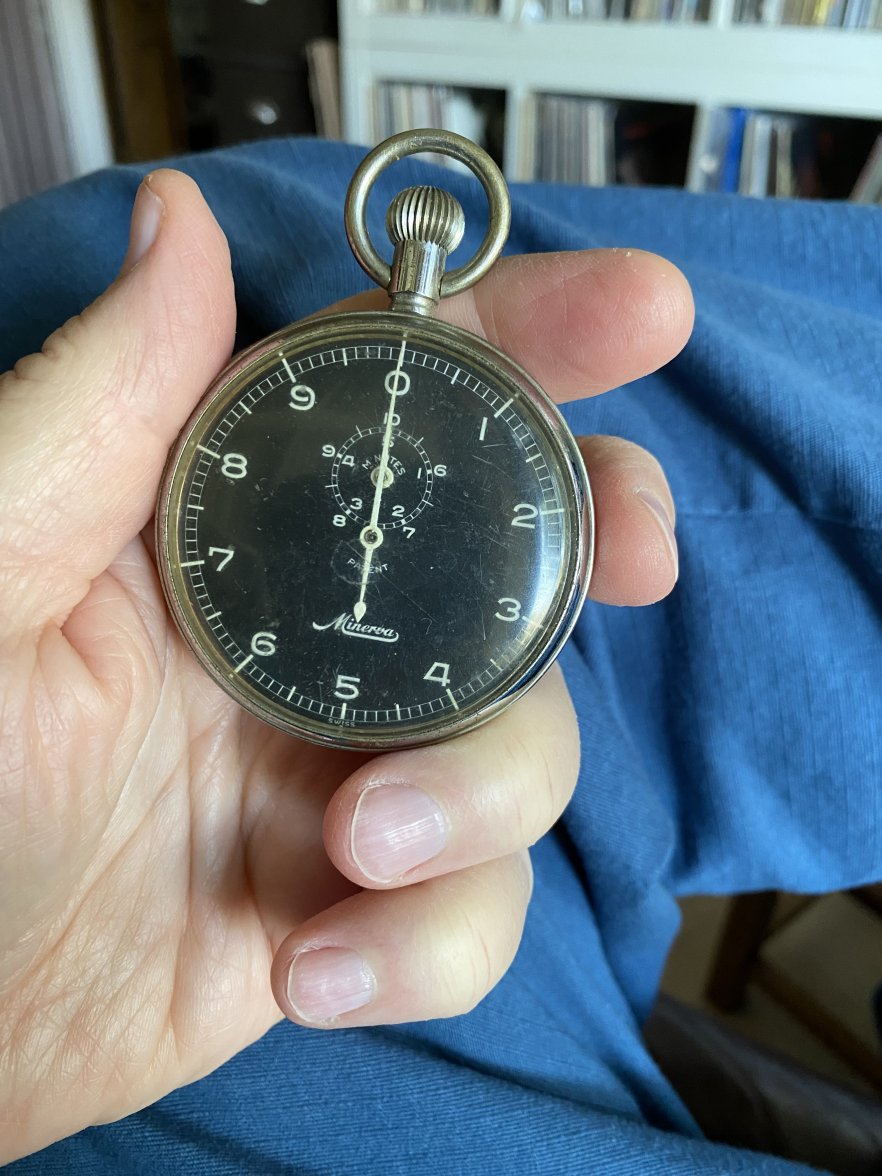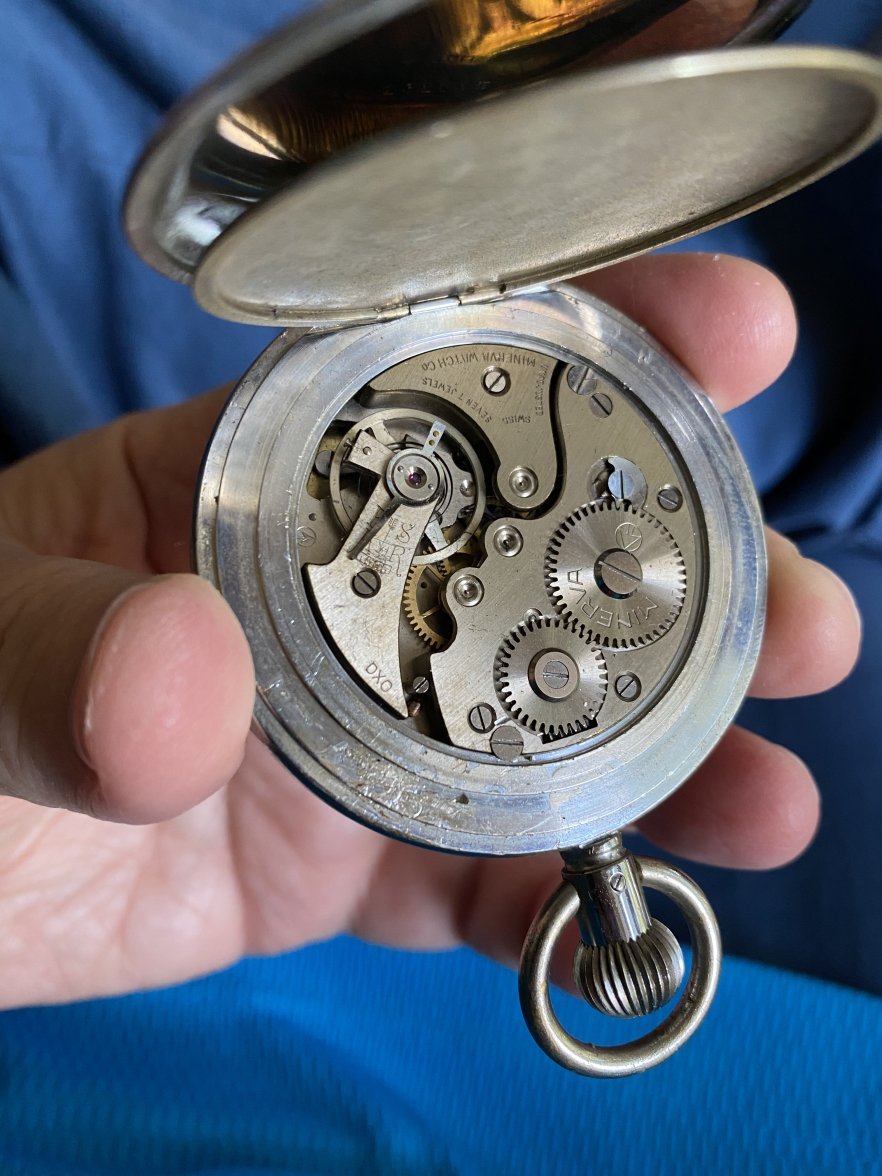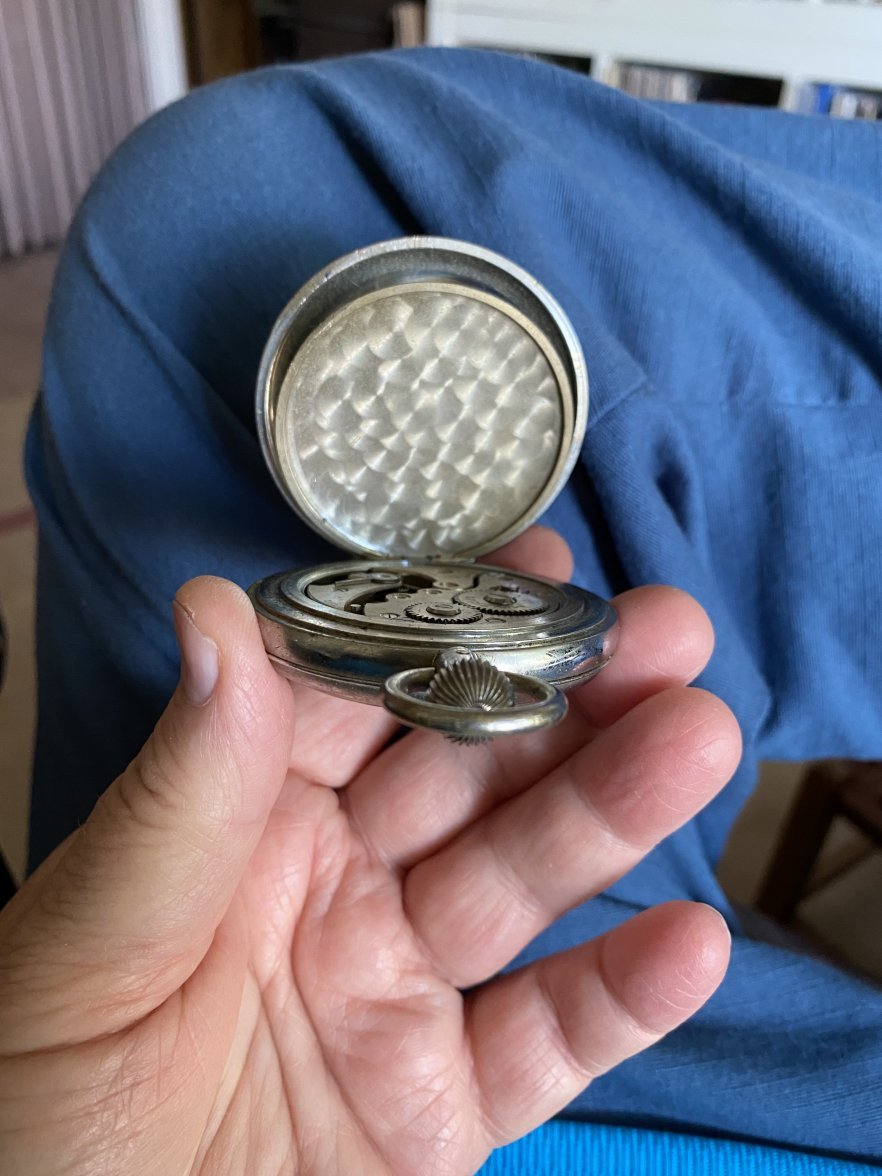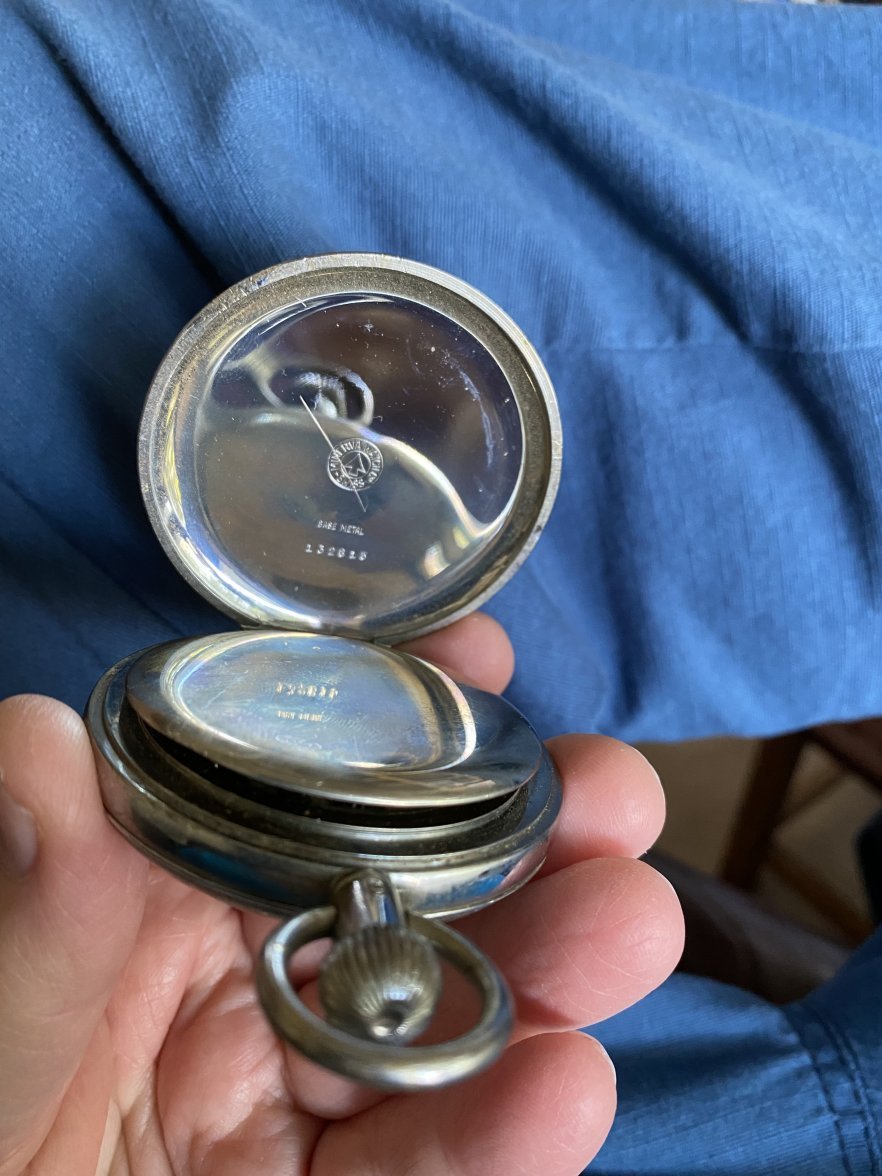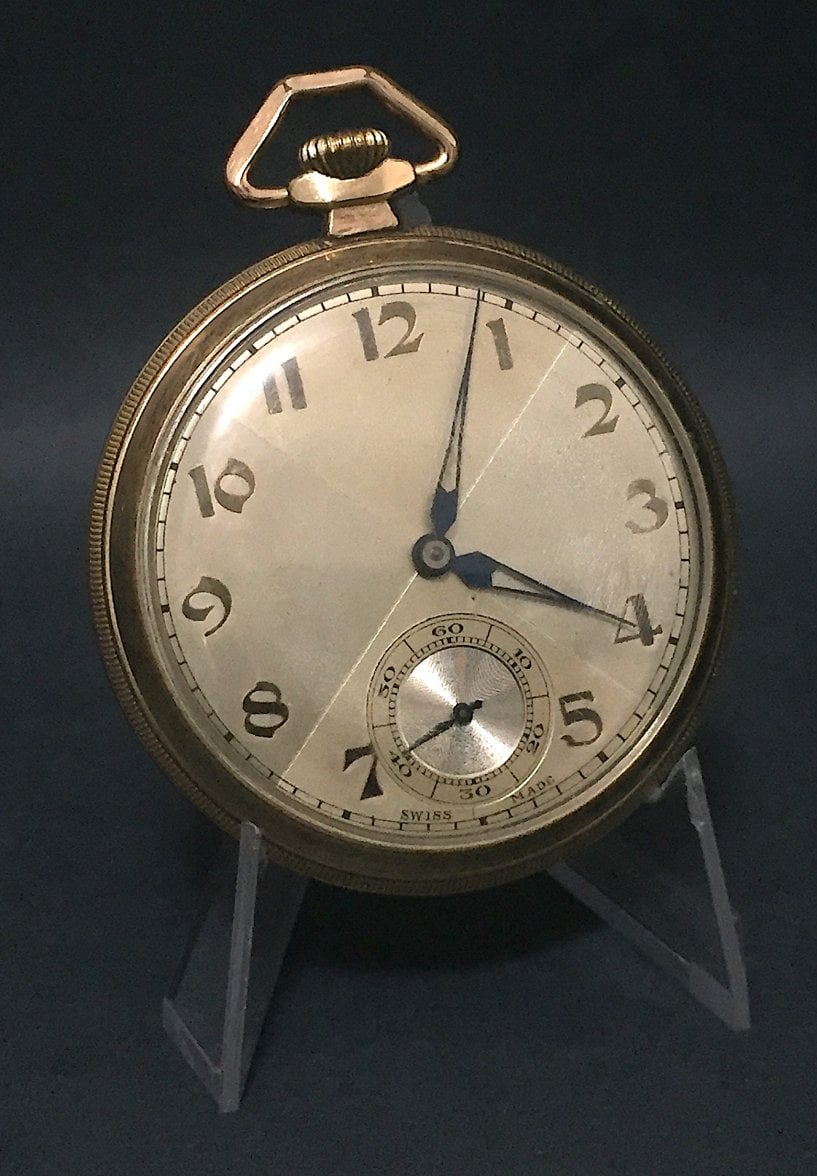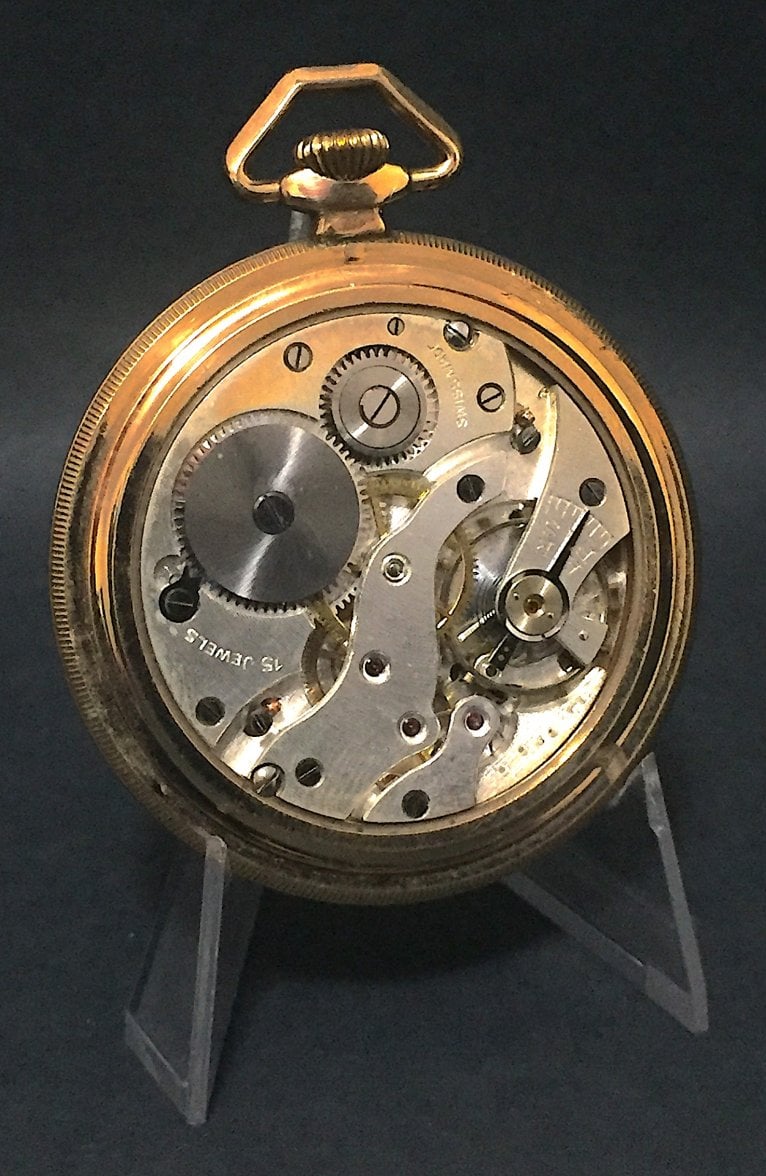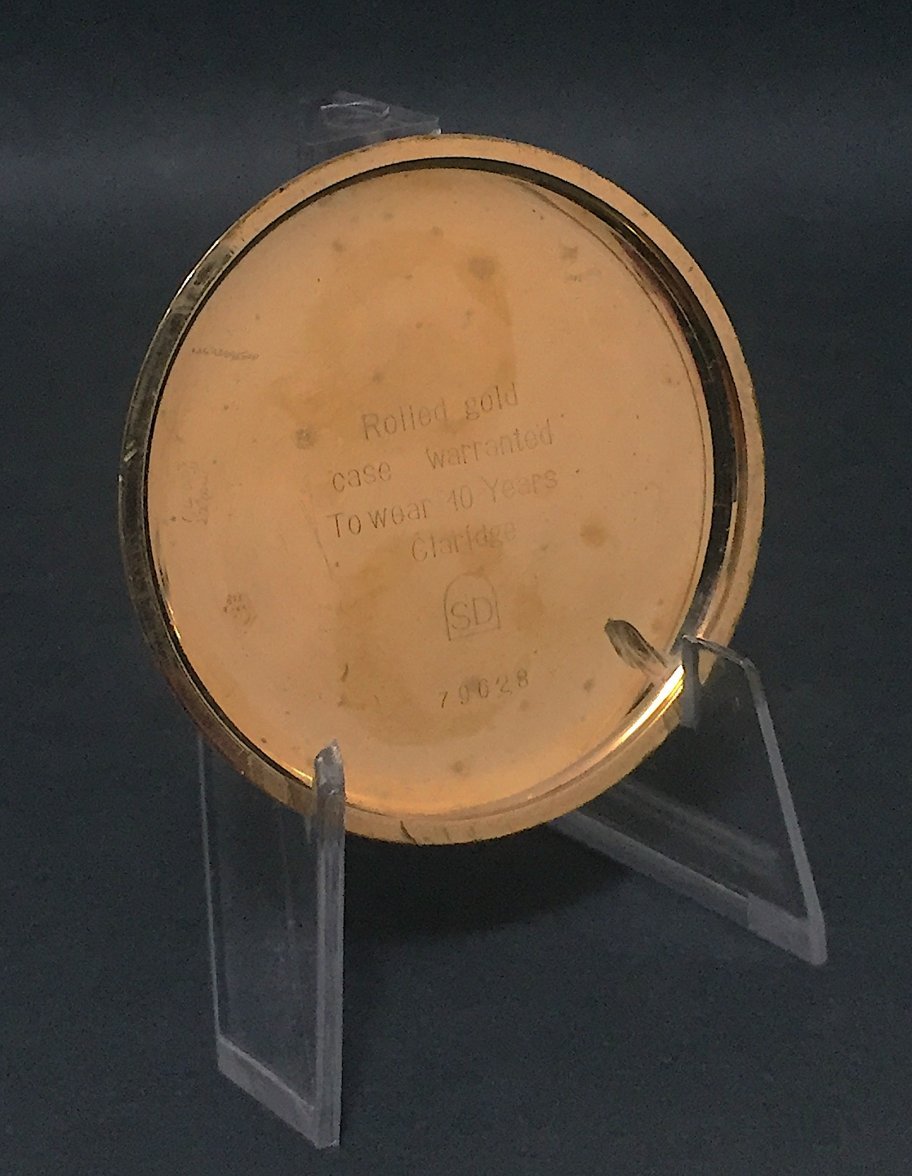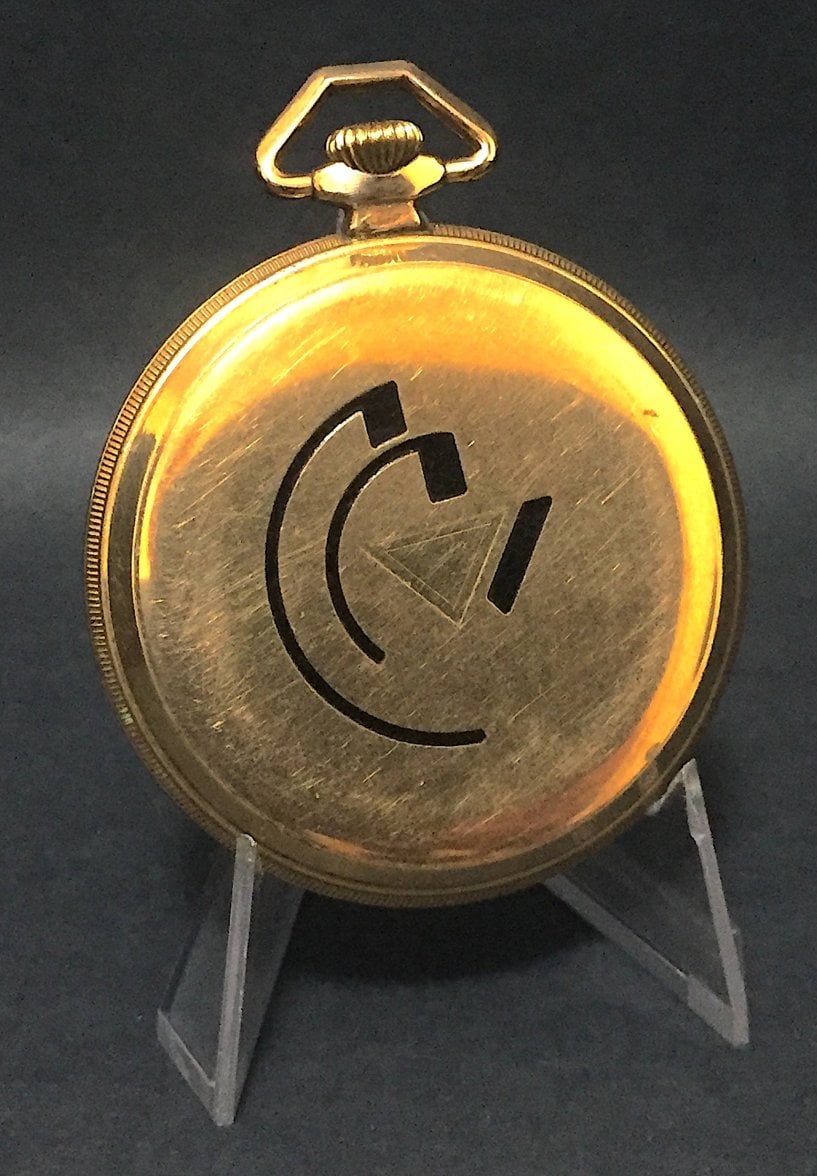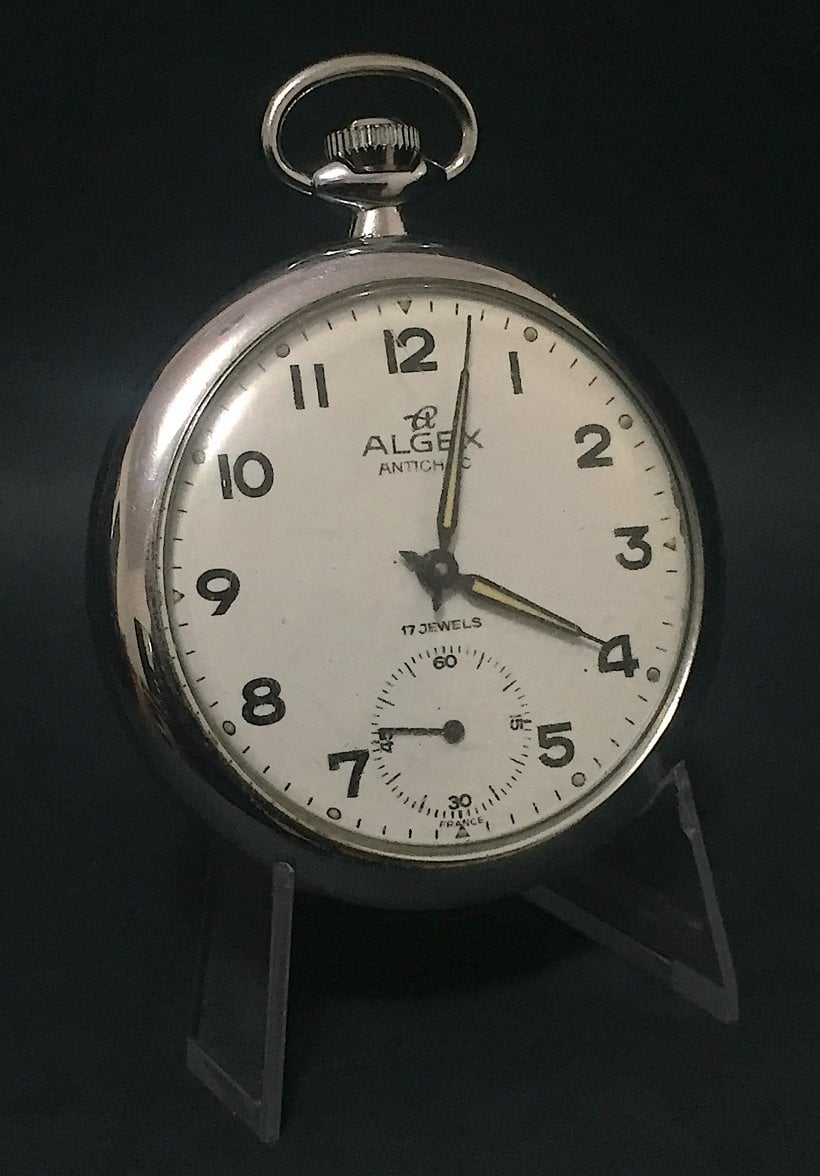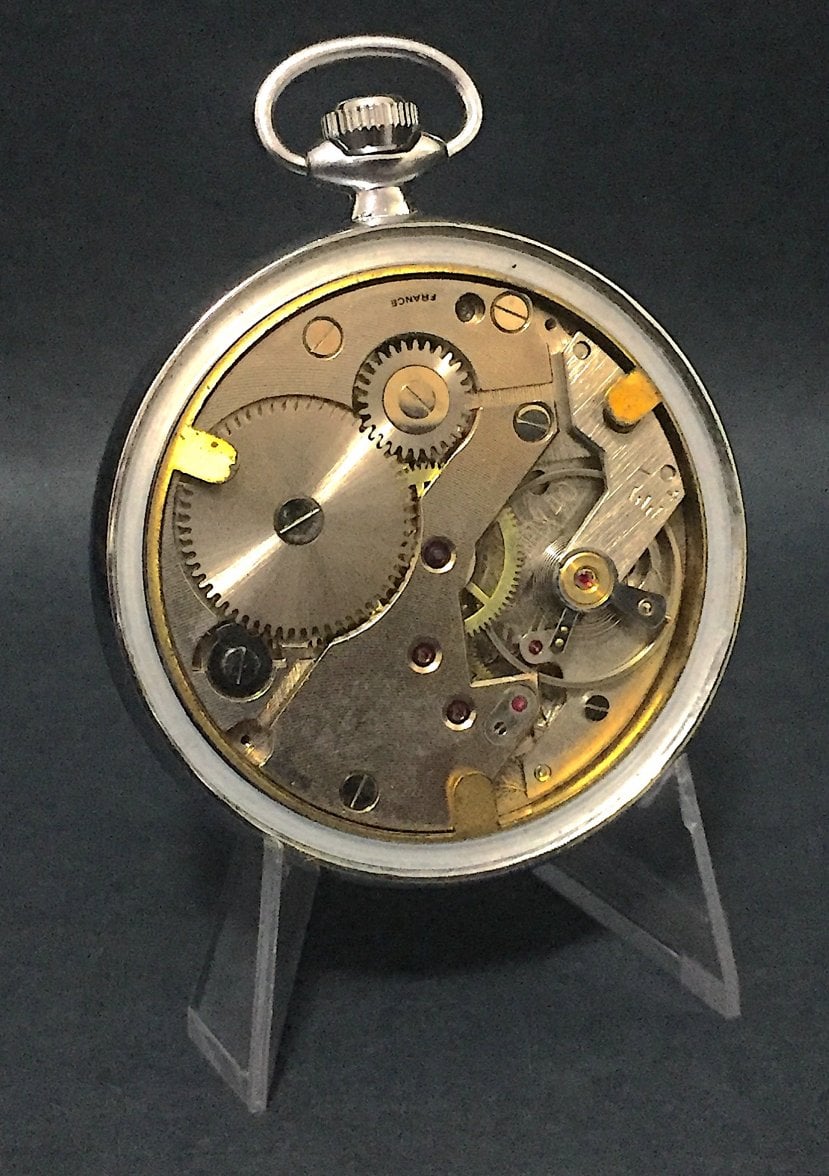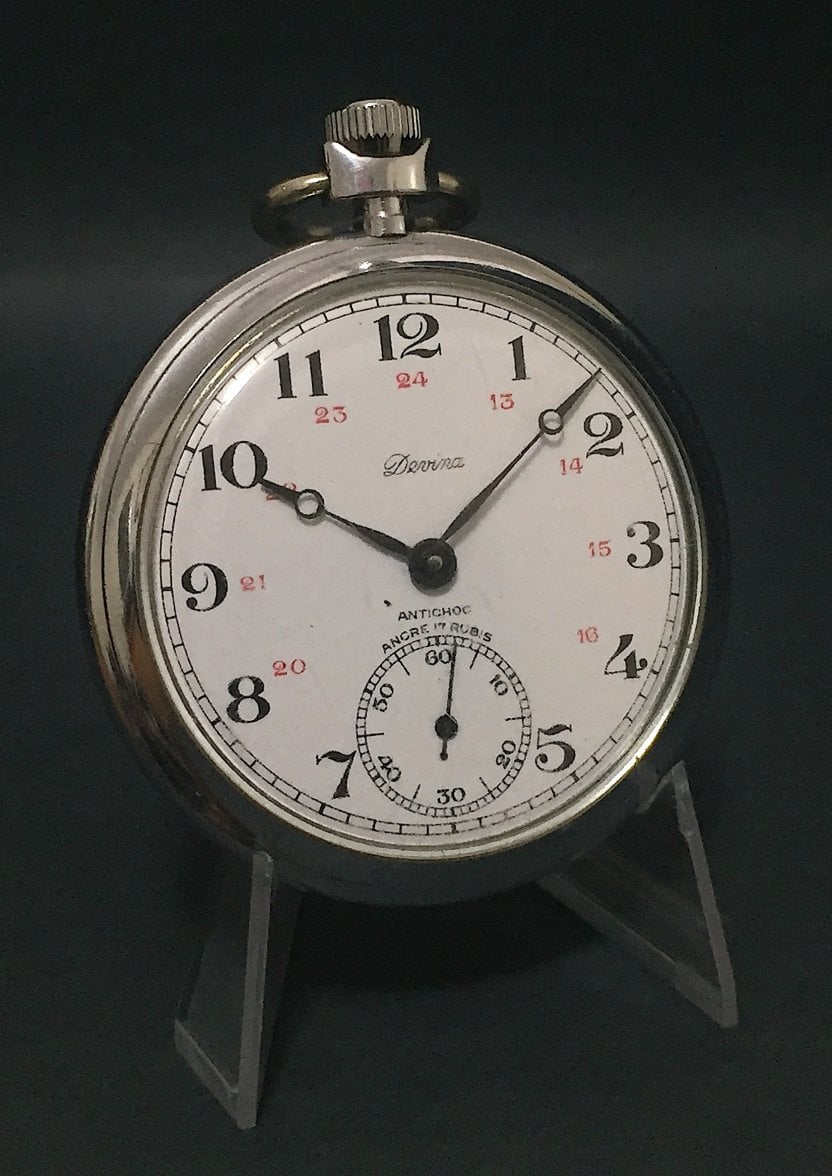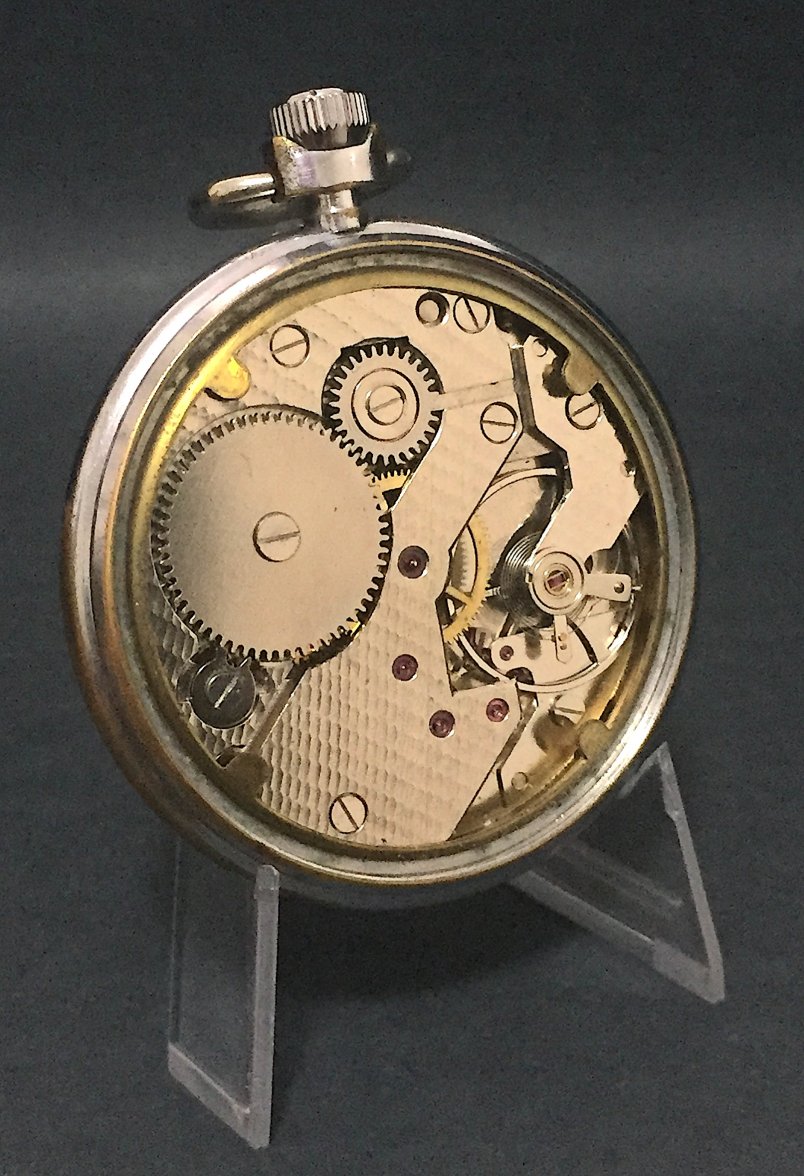Canuck
·Obviously, most of the interest here is in American watches, and for good reason. But I have one nice Swiss PW that I will add to the thread for some contrast. It's an IWC, cal 73 finger-bridge movement from 1928. It has clearly been used, but remains in good condition and has retained all of its original parts. The dial is metal, and has a subtle brushed finish that didn't show up very well in the photos. While you can tell it's well-made, and the movement is gold-plated, it is quite plain and undecorated.
This movement is the open-face version of the full-hunter cal 74 that was famously incorporated into IWC's
I am almost certain someone will now post a picture of a Swiss movement that is as ornate as many of the American movements we have seen in this thread,
legendary ref 325 "Portuguiser" in 1939-42 for its original run of ~300 watches.

I really like the attention to detail in the finishing of the movement. The edges of all the bridges and steel parts chamfered, and given a mirror polish. The word “impeccable” comes to mind, in every detail of the IWC. And has either been used very little, or treated with the utmost respect. Its condition is exquisite. I was surprised/disappointed to see the inner cuvette marked, “metal.” In other words, not karat gold. The founder of IWC was American as I recall.
Swiss manufacturers and possibly the Swiss watch buying public don’t appear to have considered damask finish and ornate engraving on watch movements, to be important. I have often wondered if that might have been because generally, Swiss watches were sold, cased. Where for decades, American watches were sold as separate movement/dial/case, then assembled for the customer. It might have been easier for the American watch merchant to sell the “eye candy” of the damask finish and engraving, rather than esoteric features such as temperature compensation, isochronism, position adjustments, and great accuracy, etc. Perhaps the decoration seemed to justify the higher price on the fancier (but also highly adjusted) movement.
Edited:
